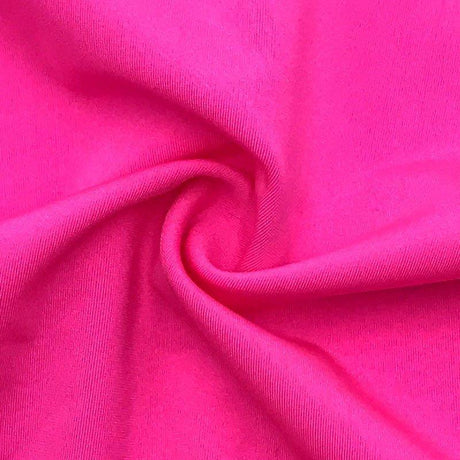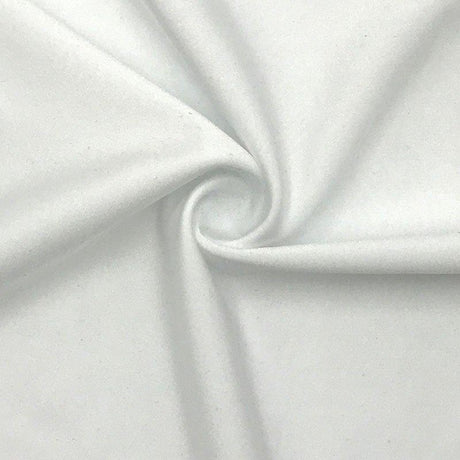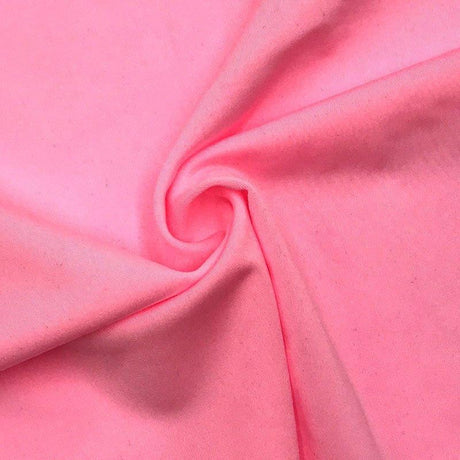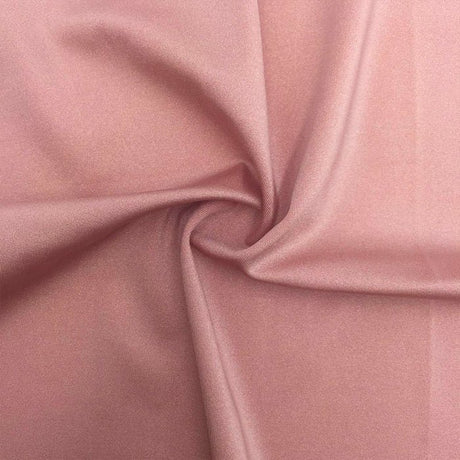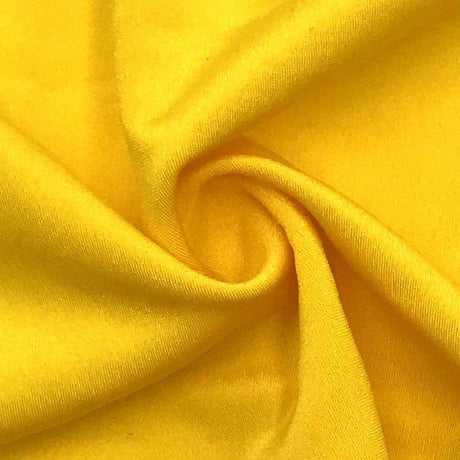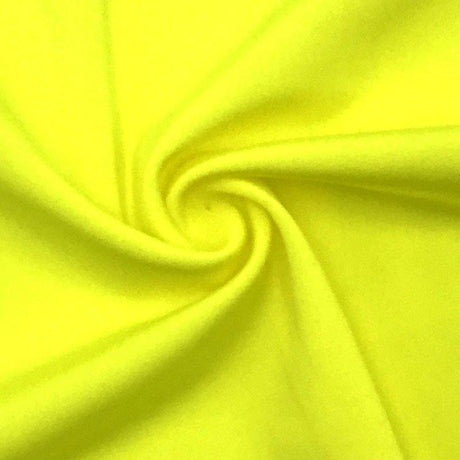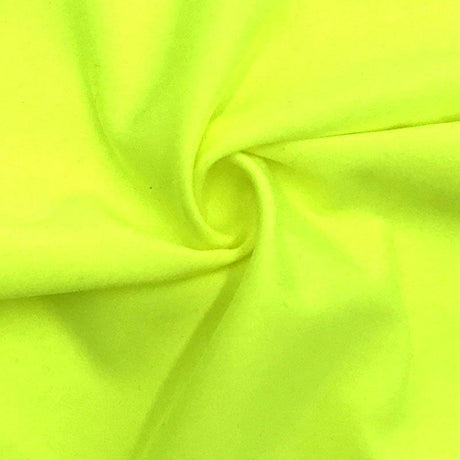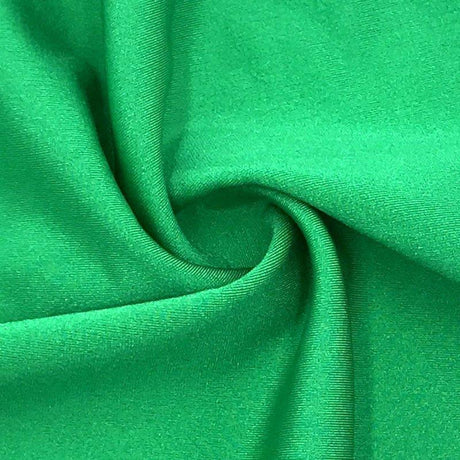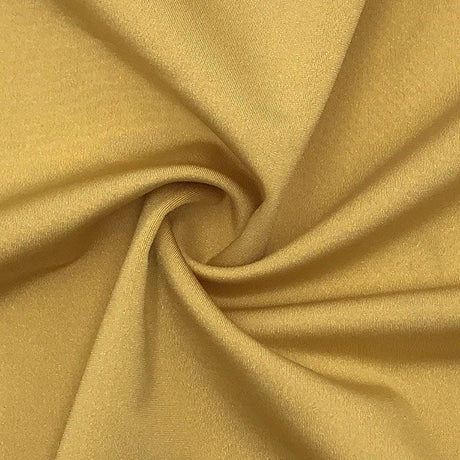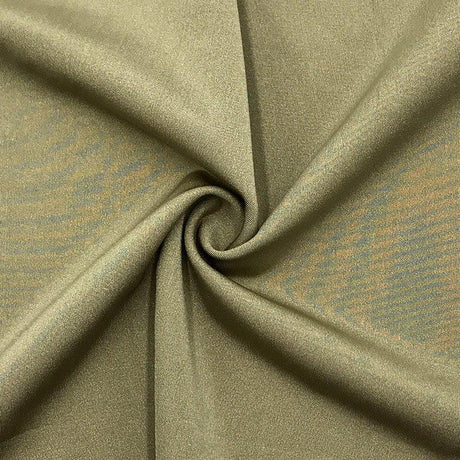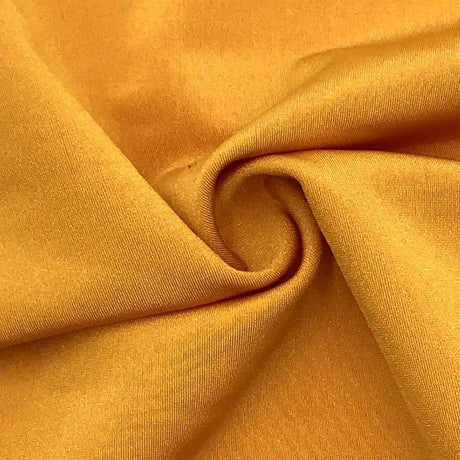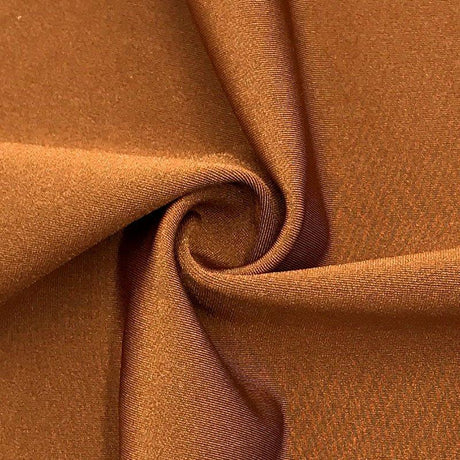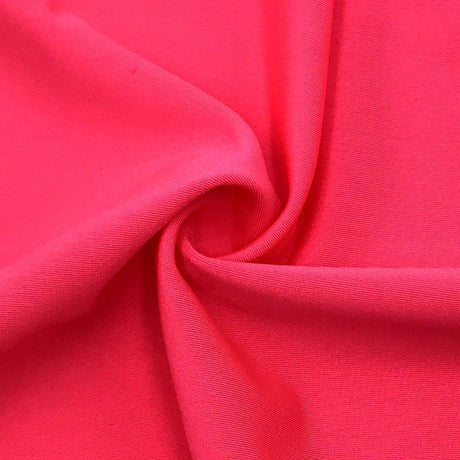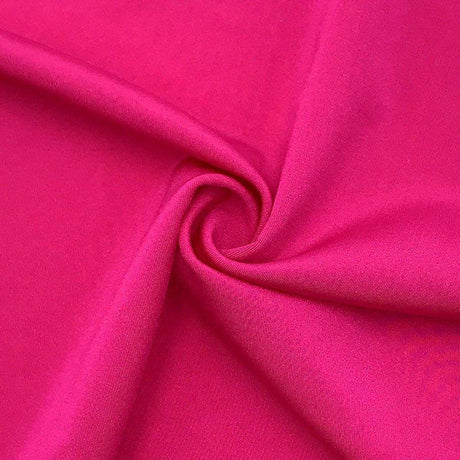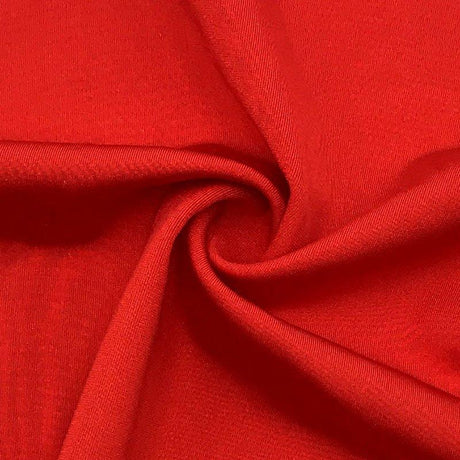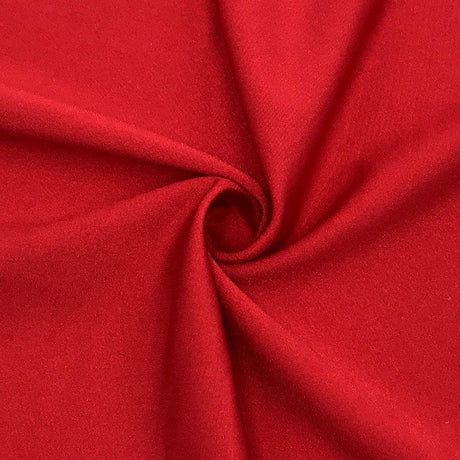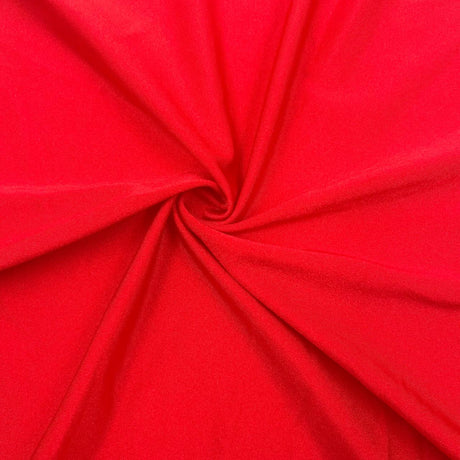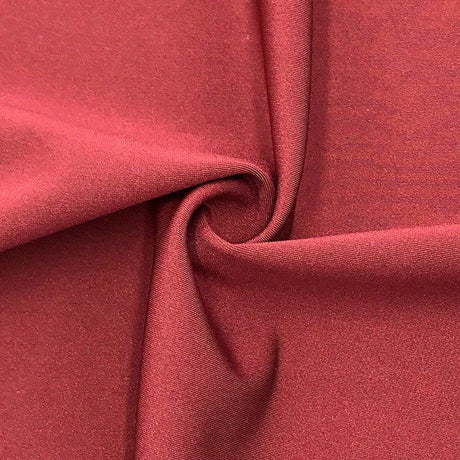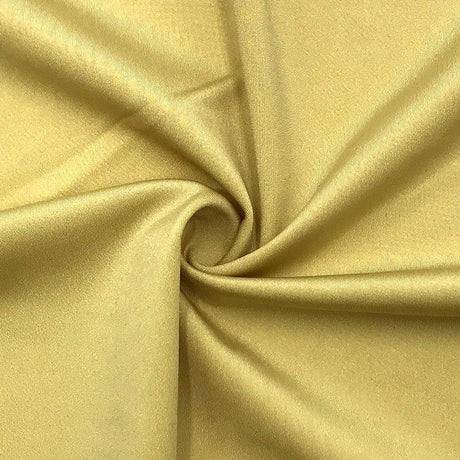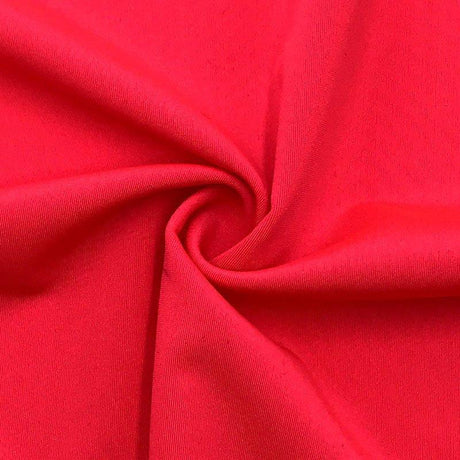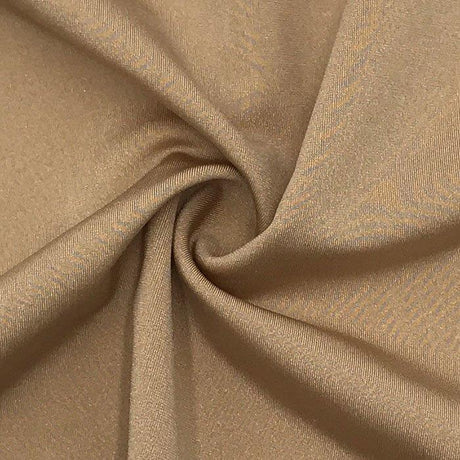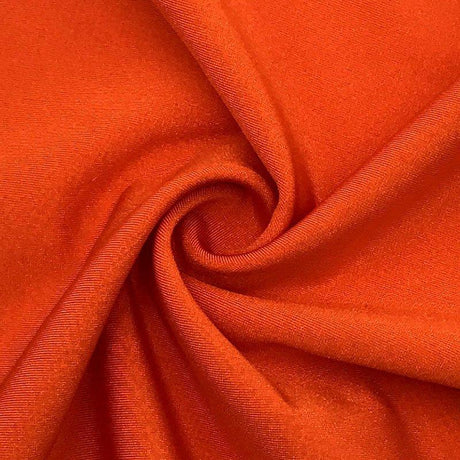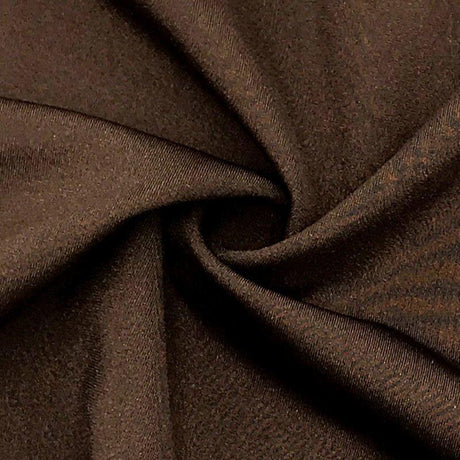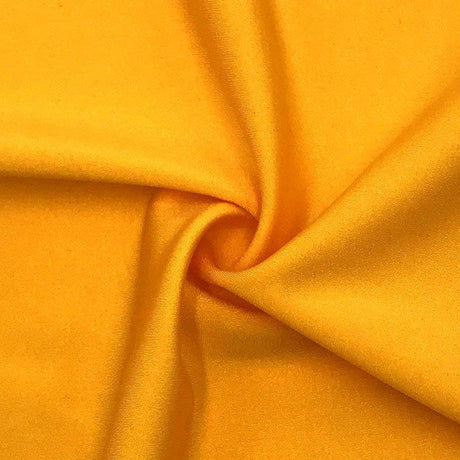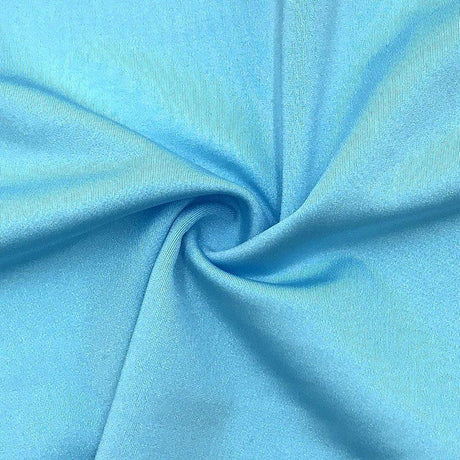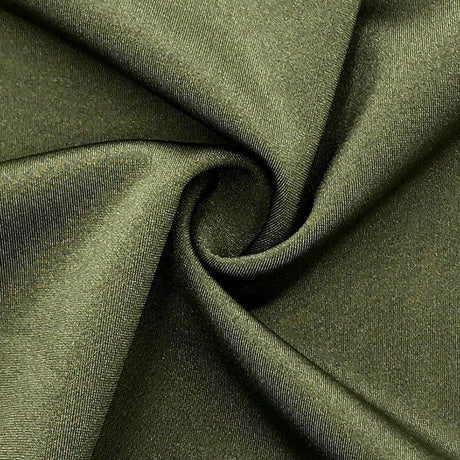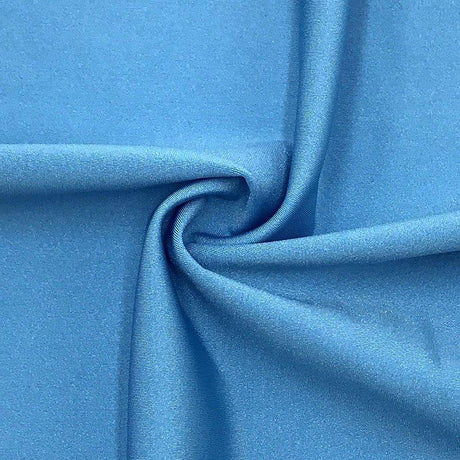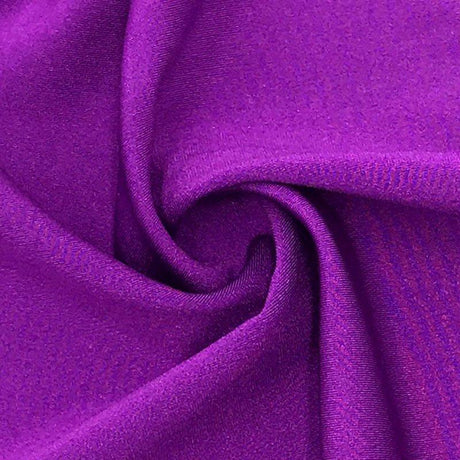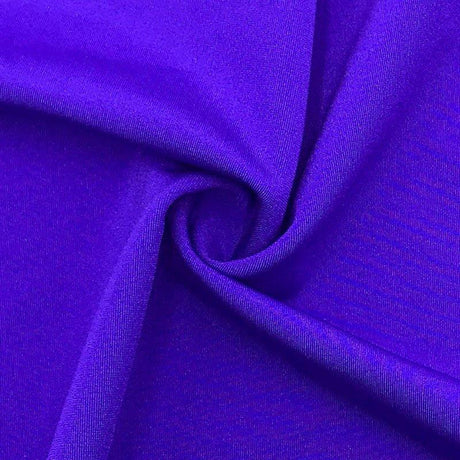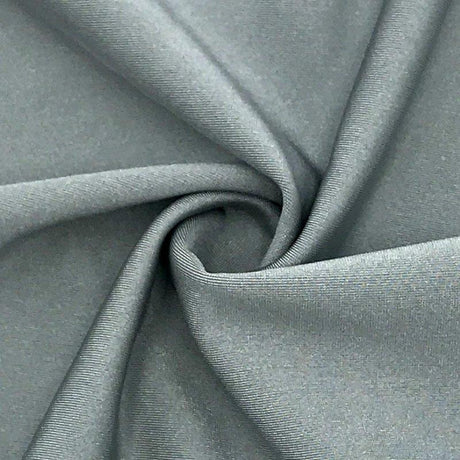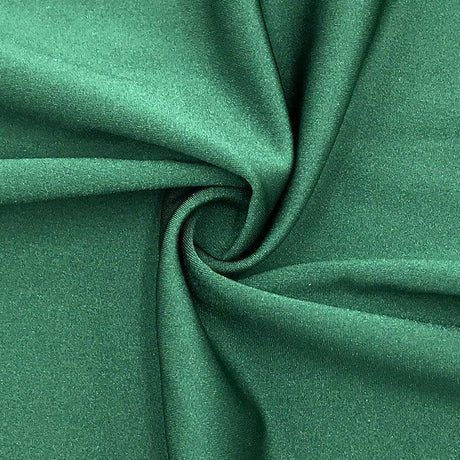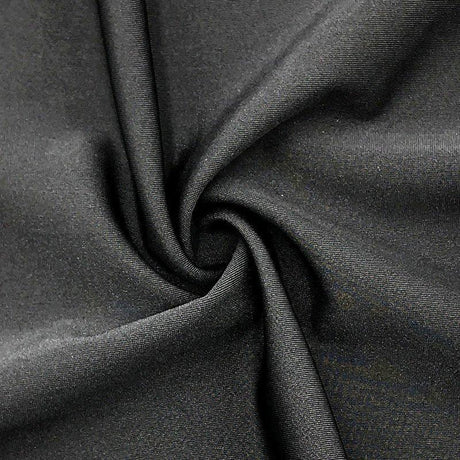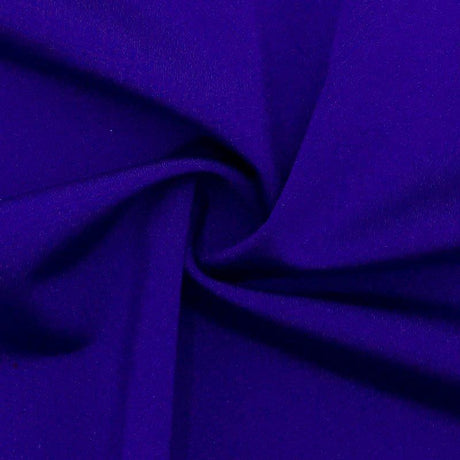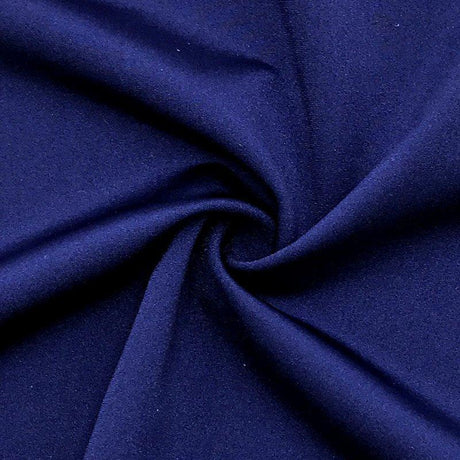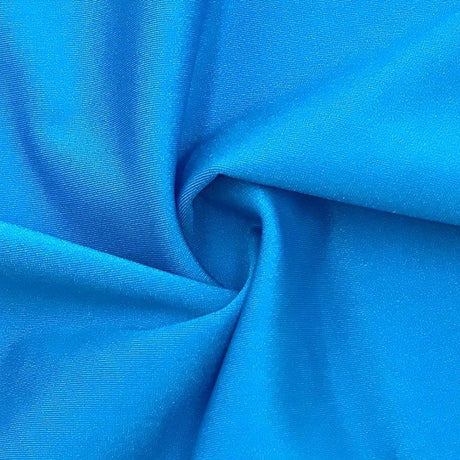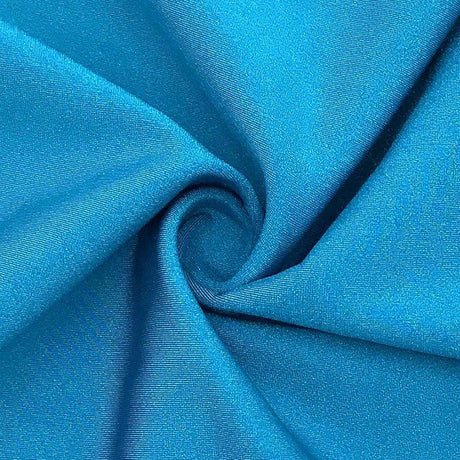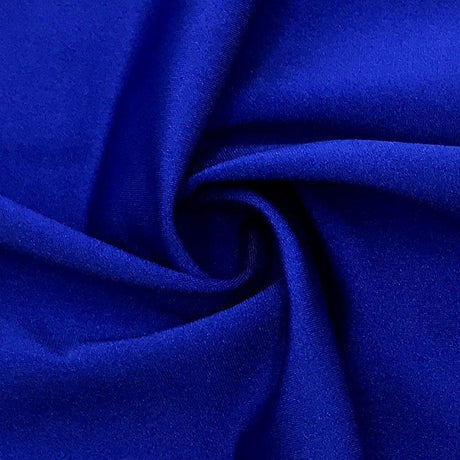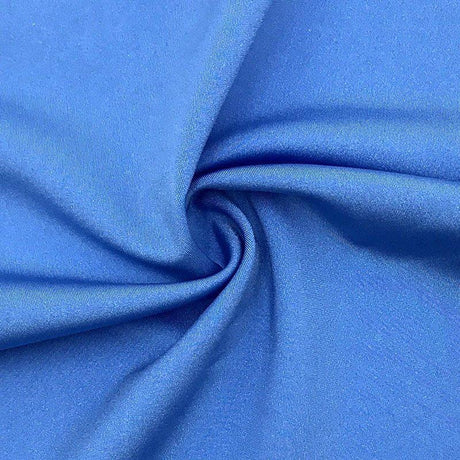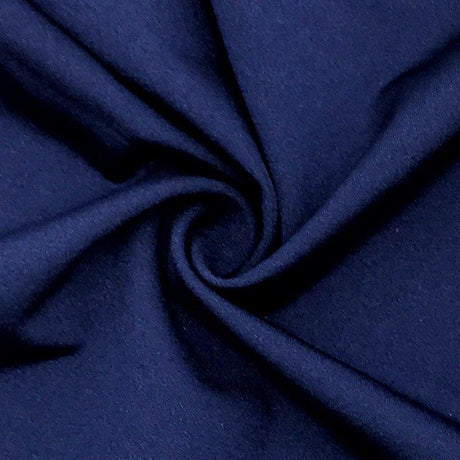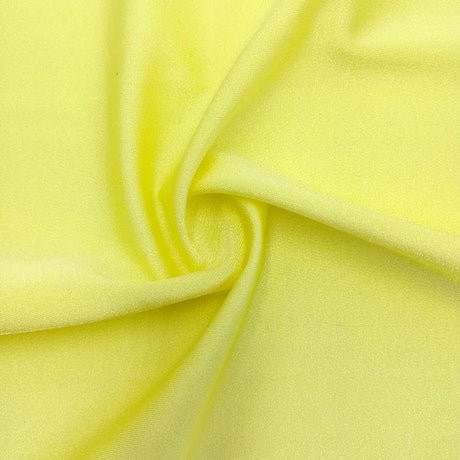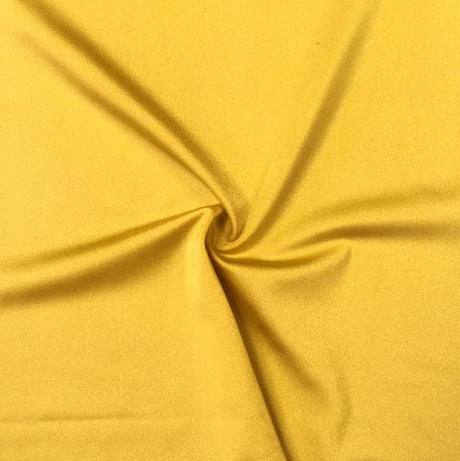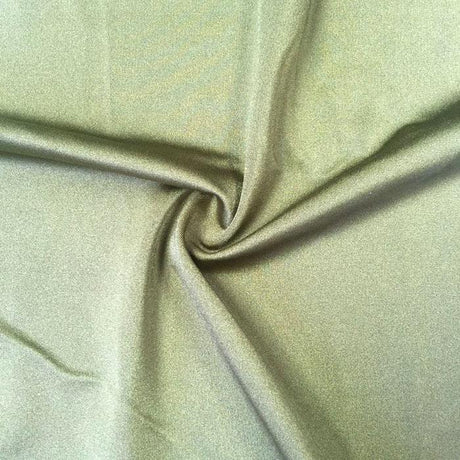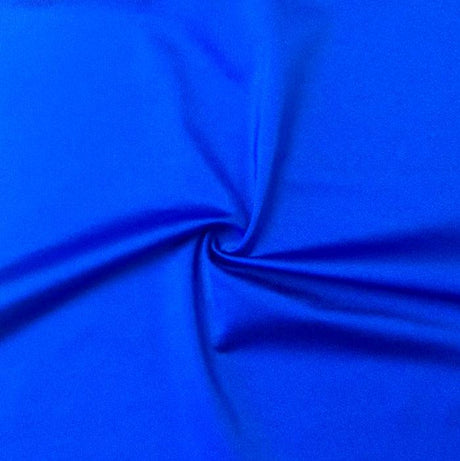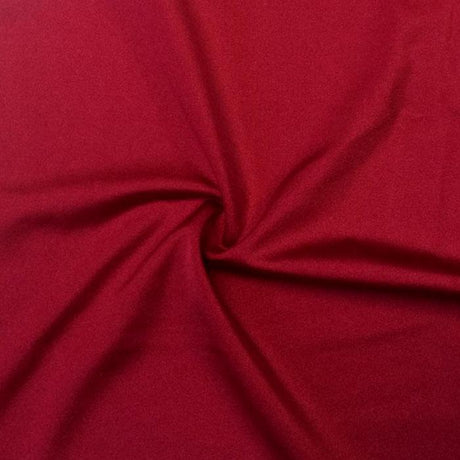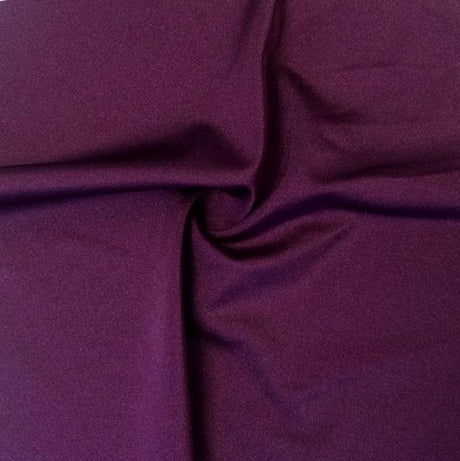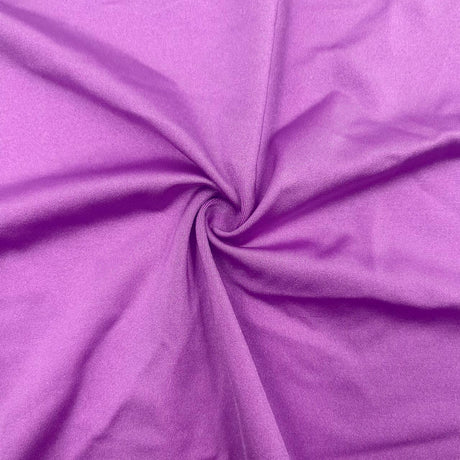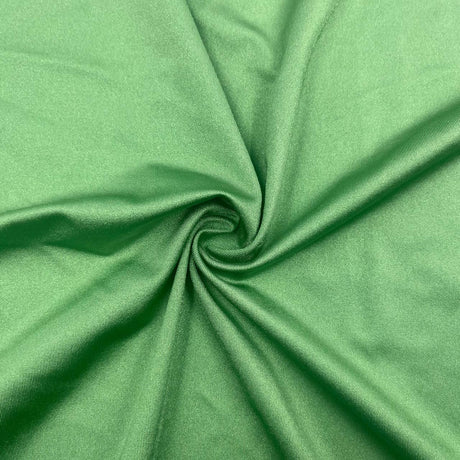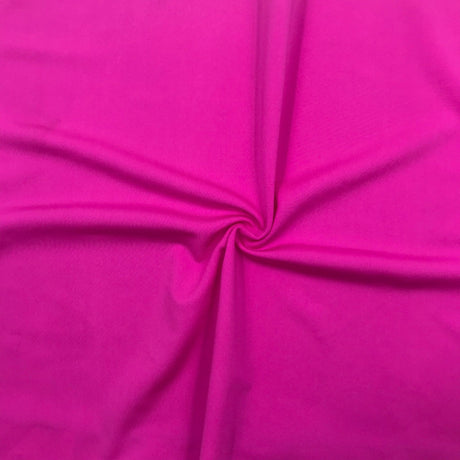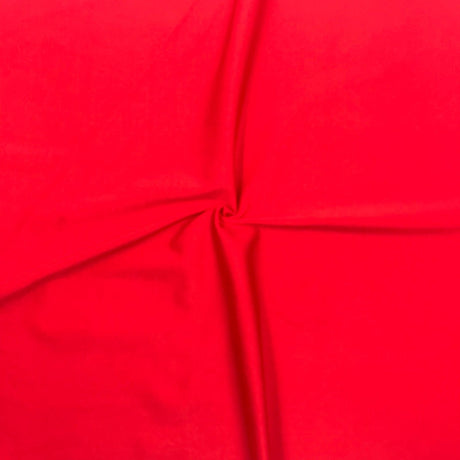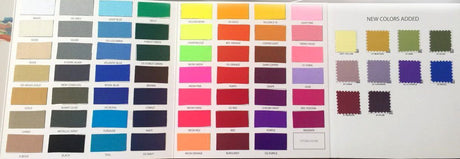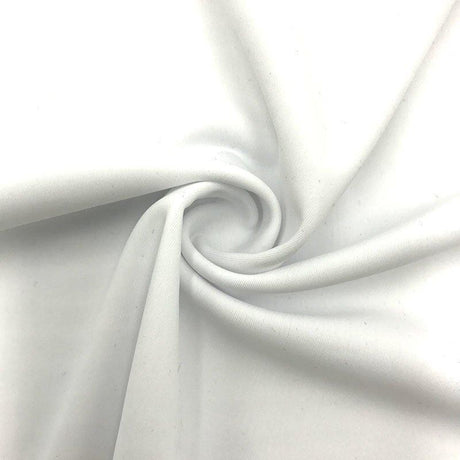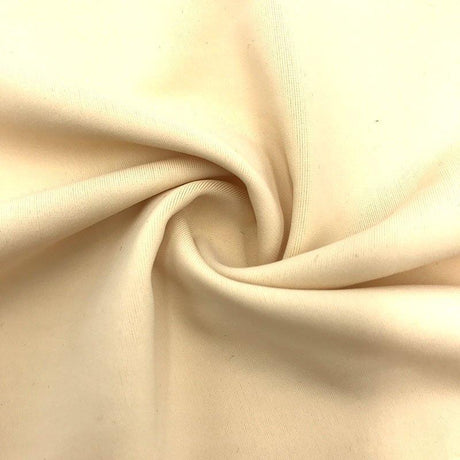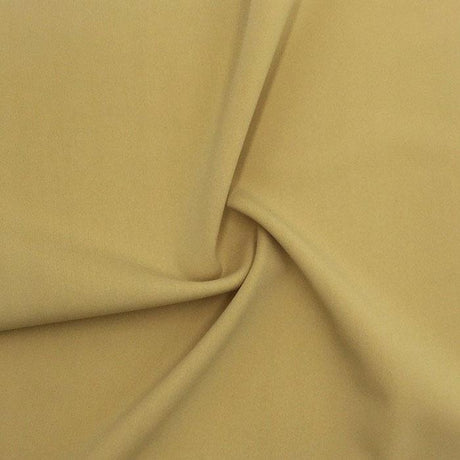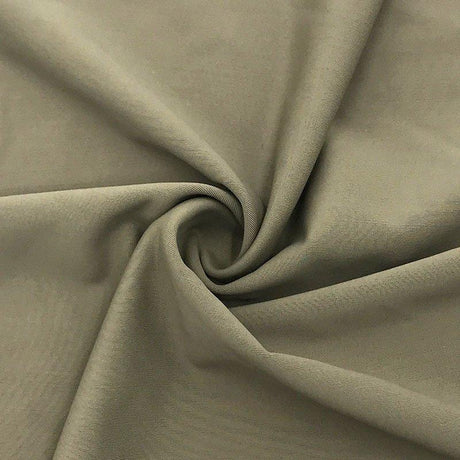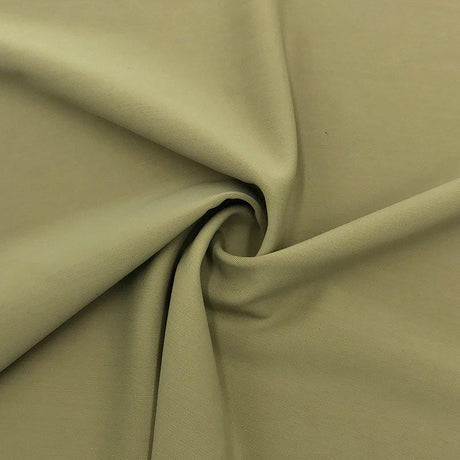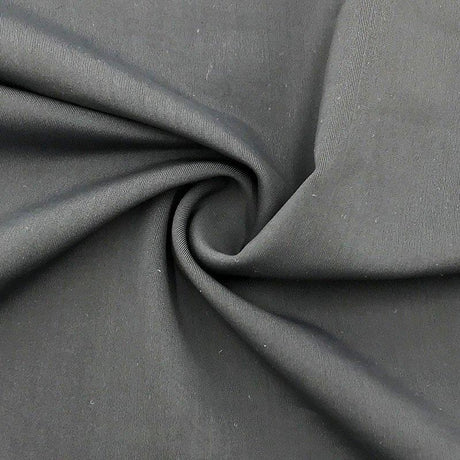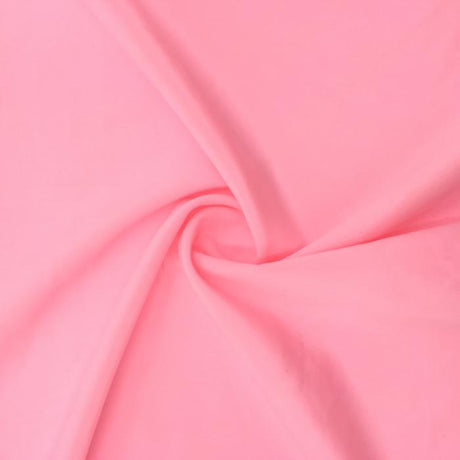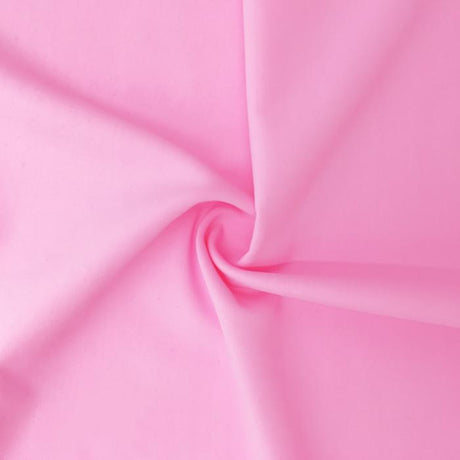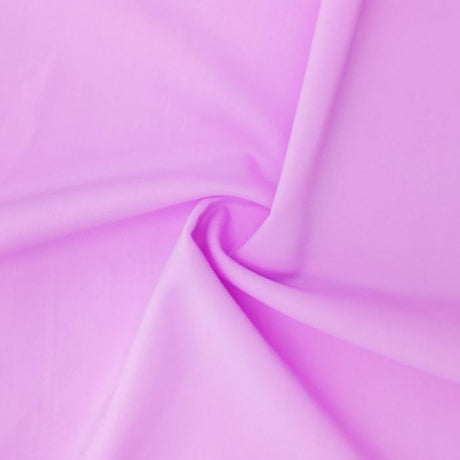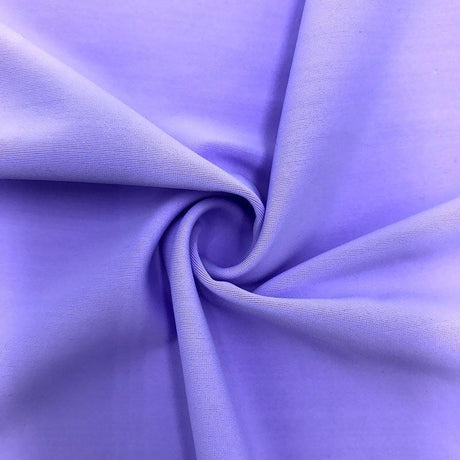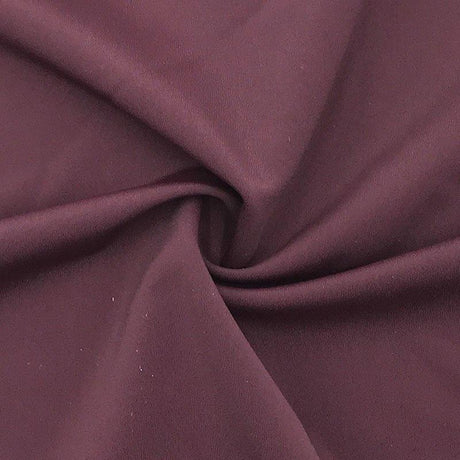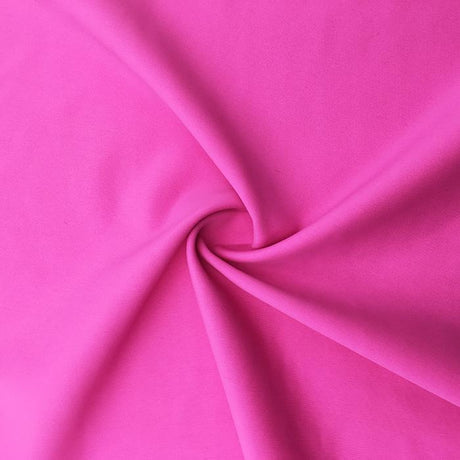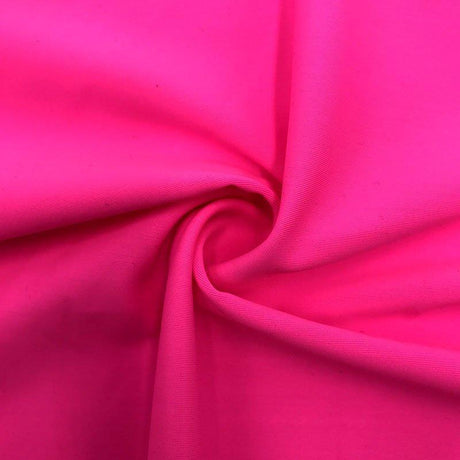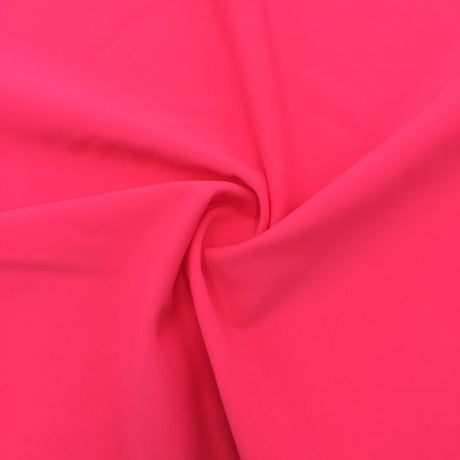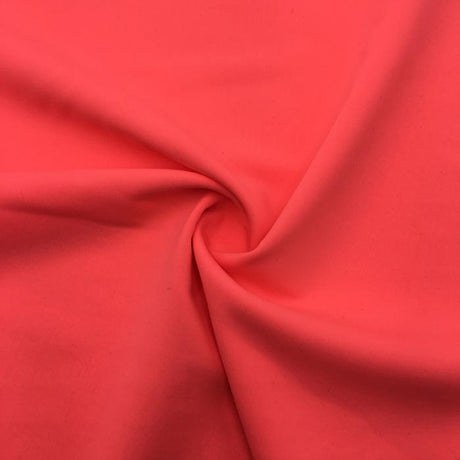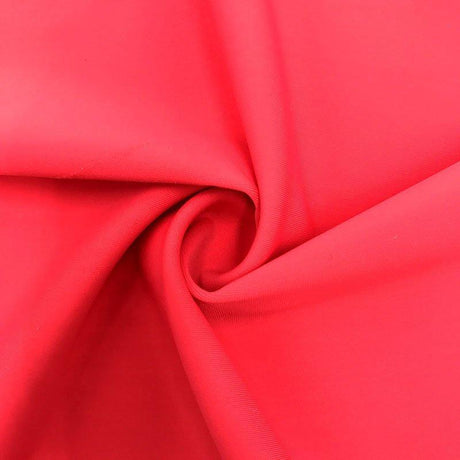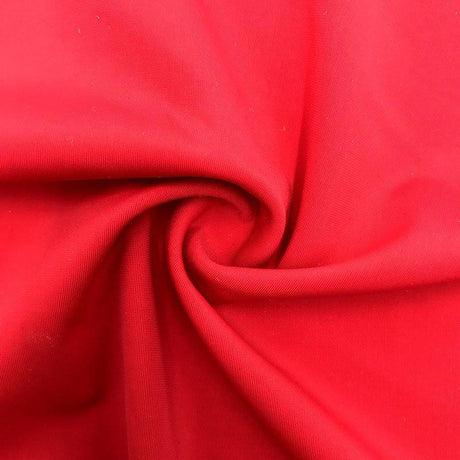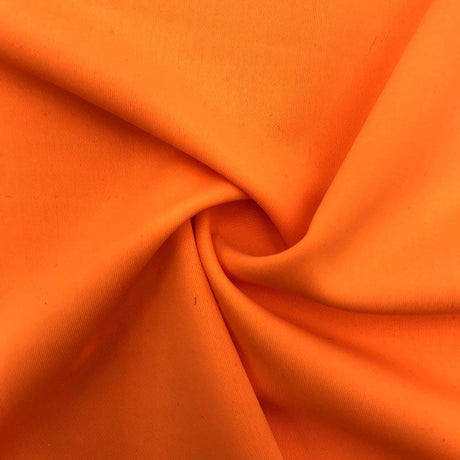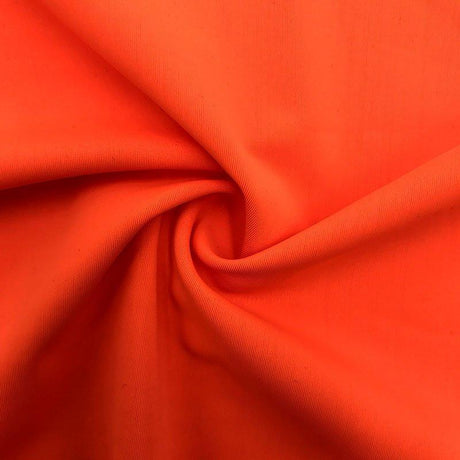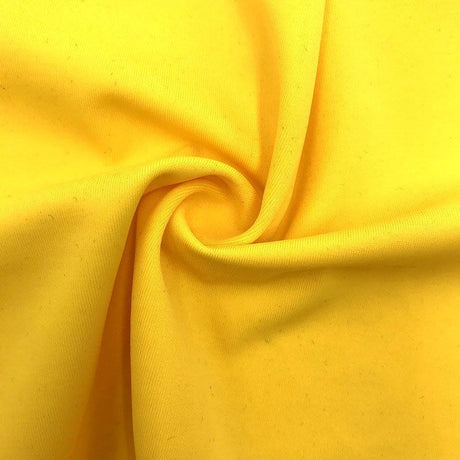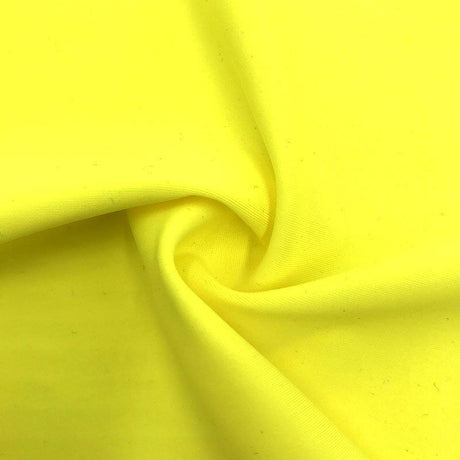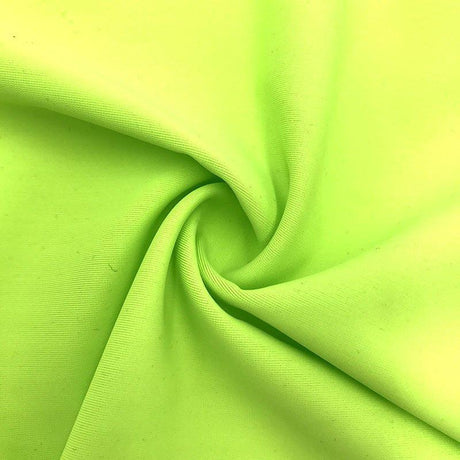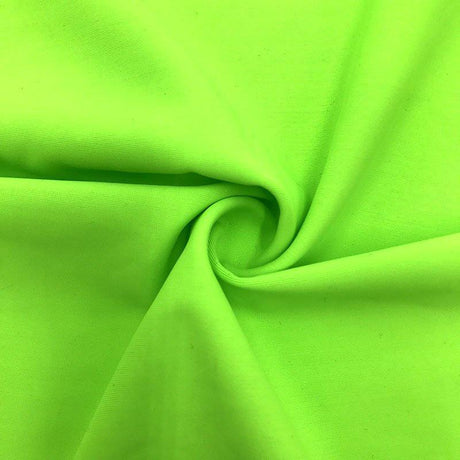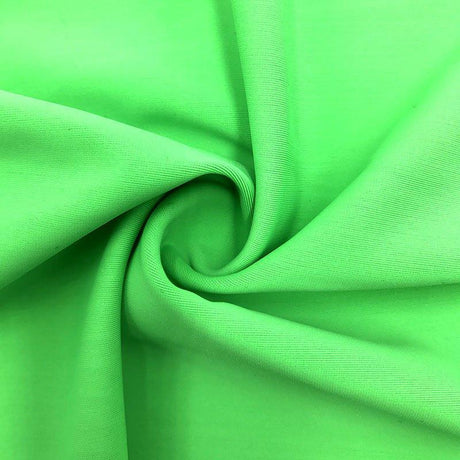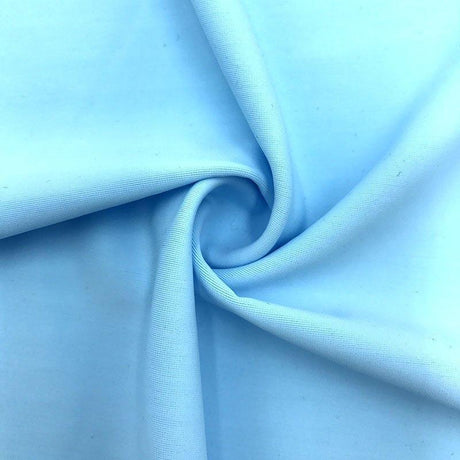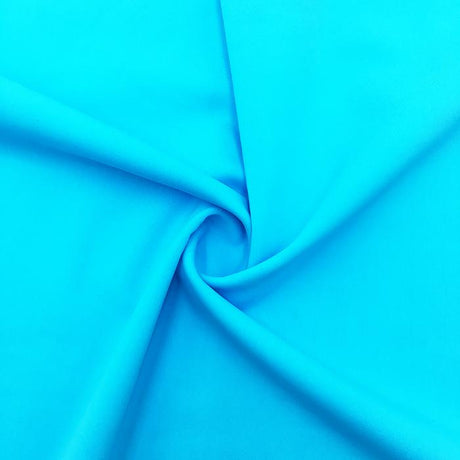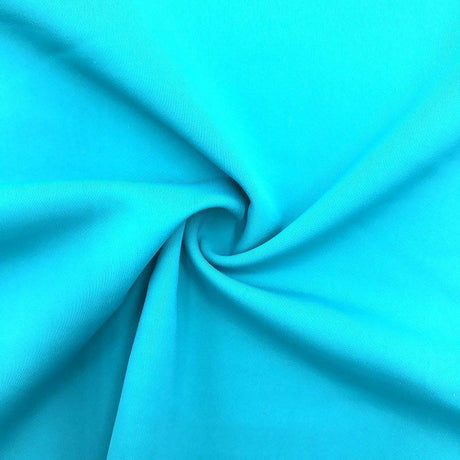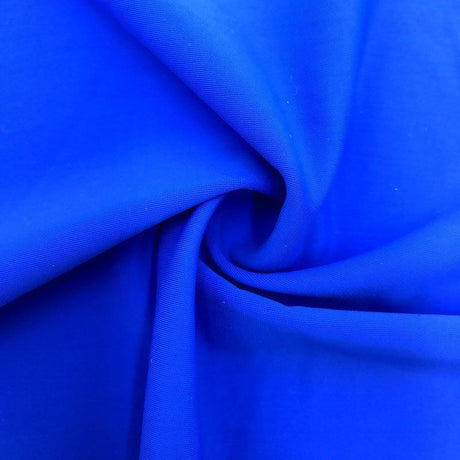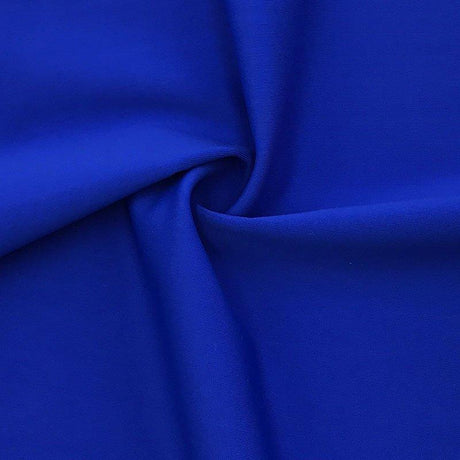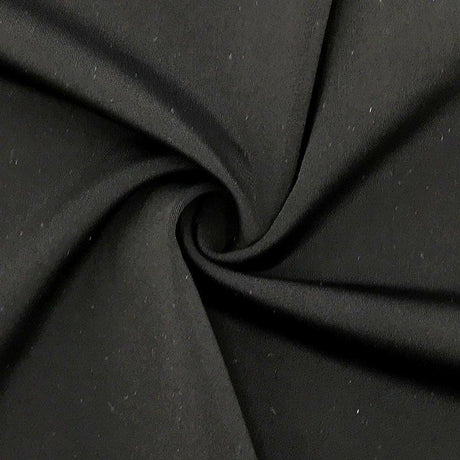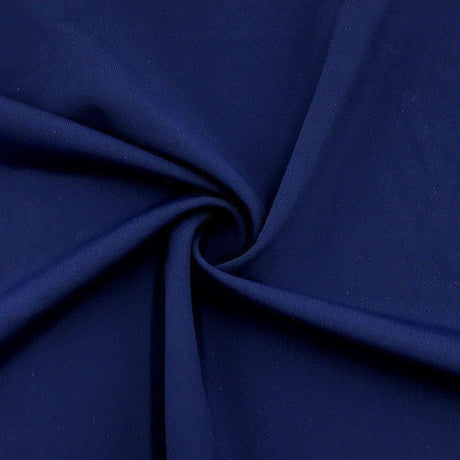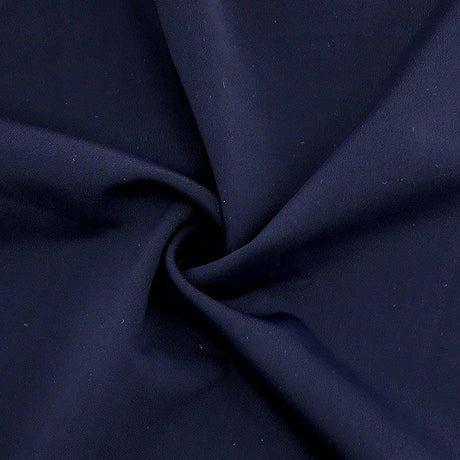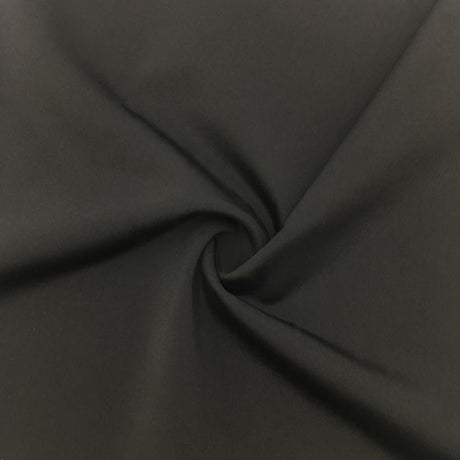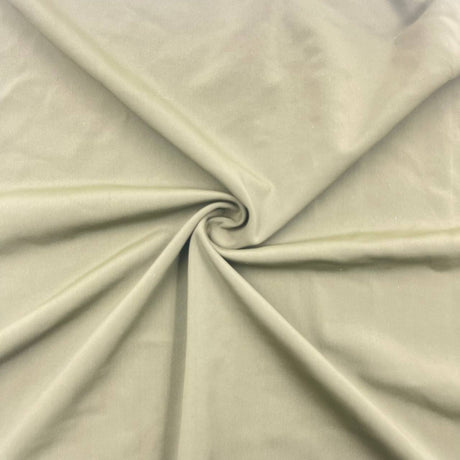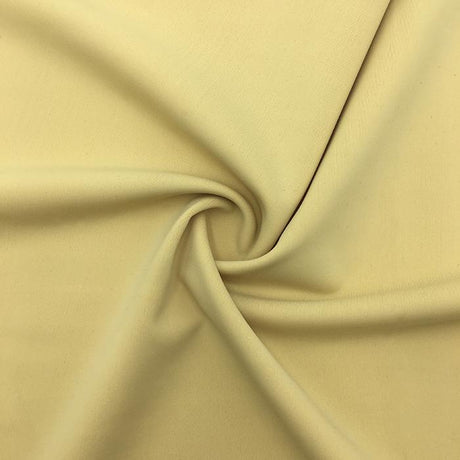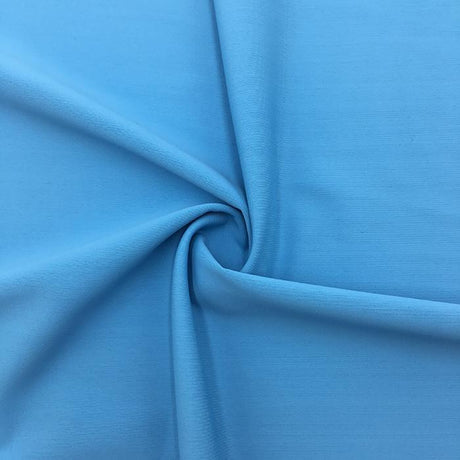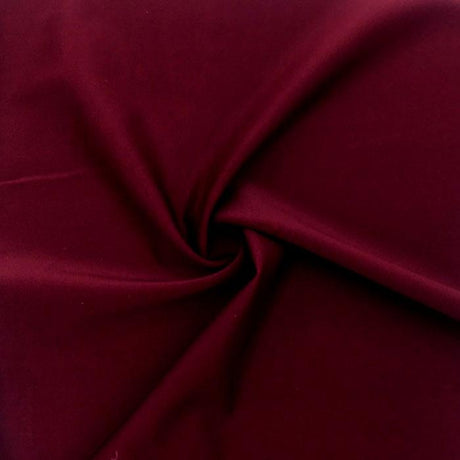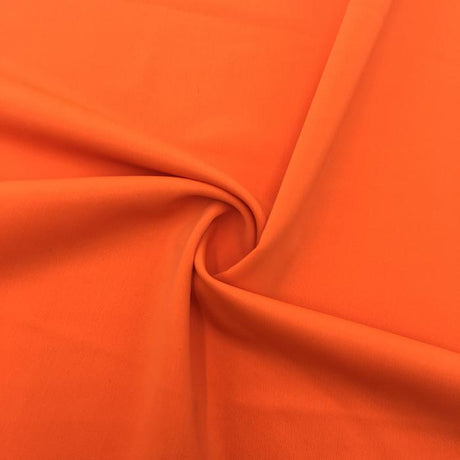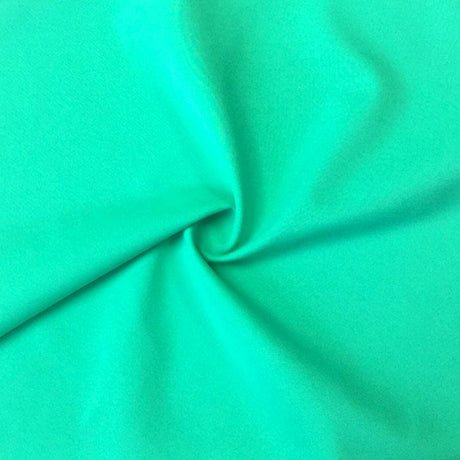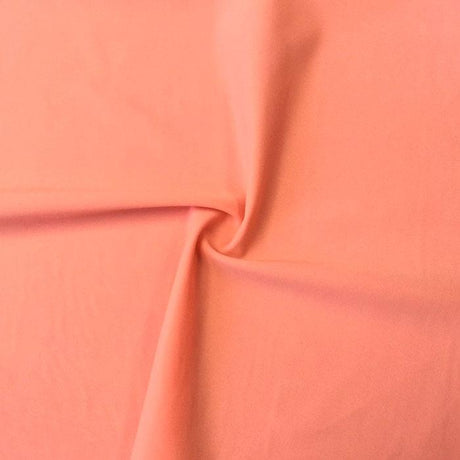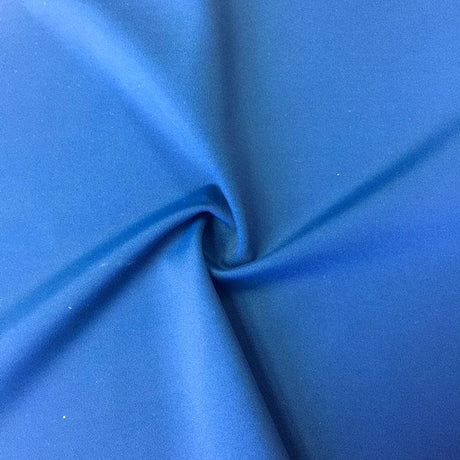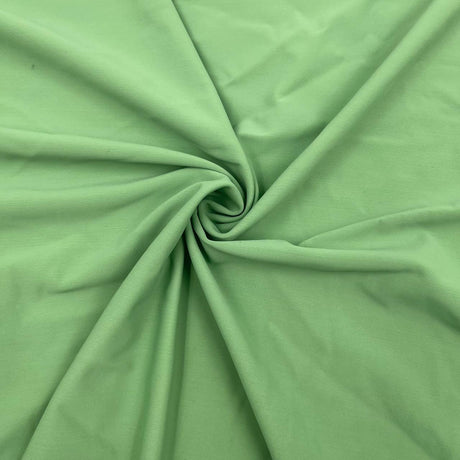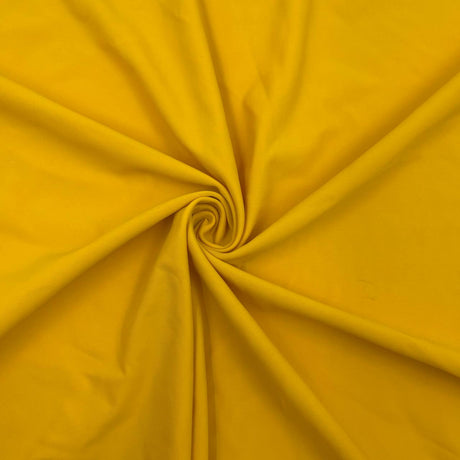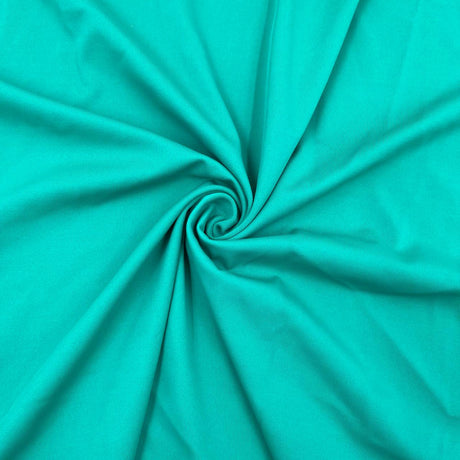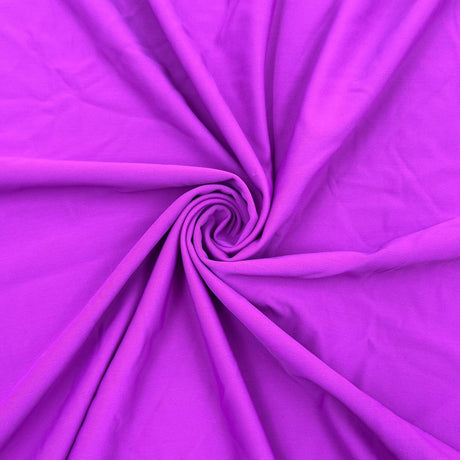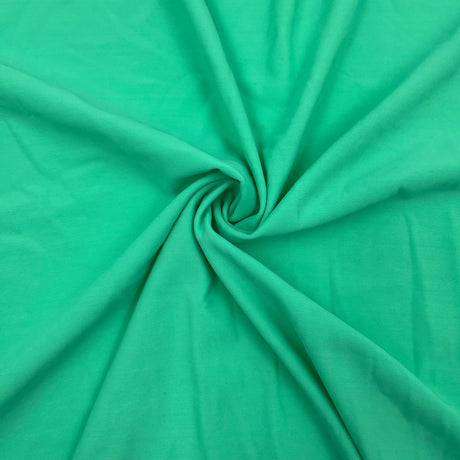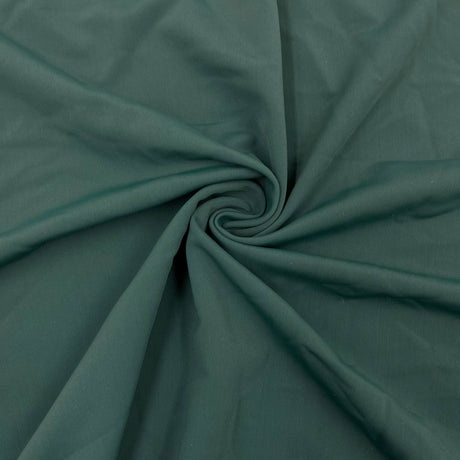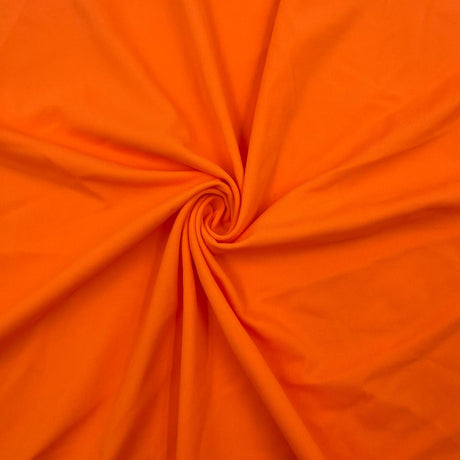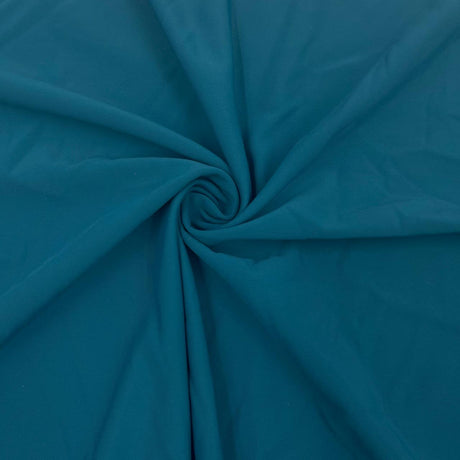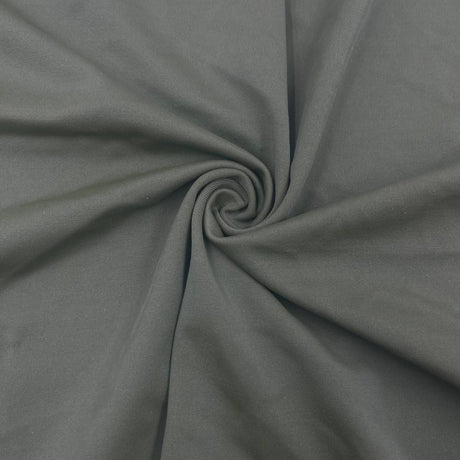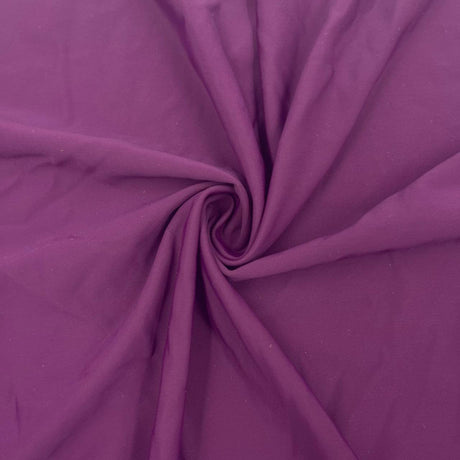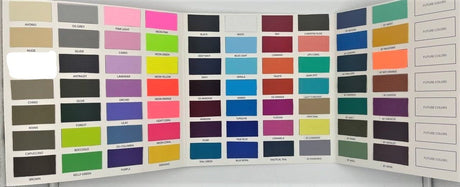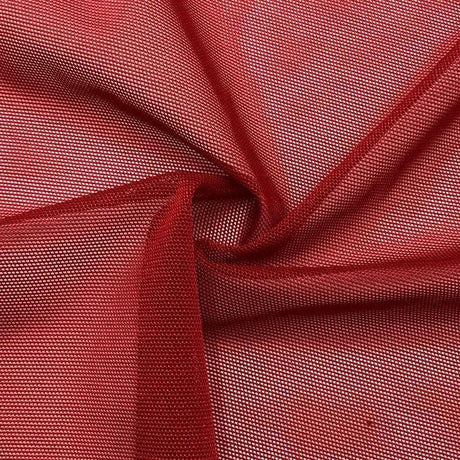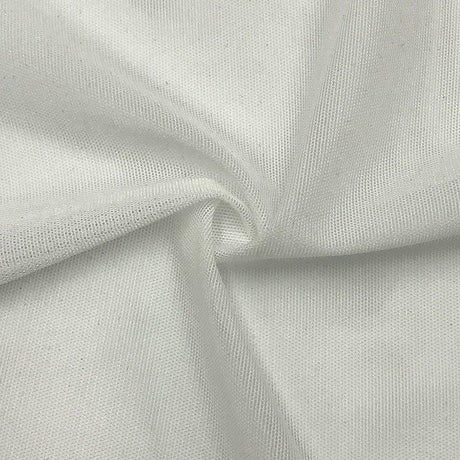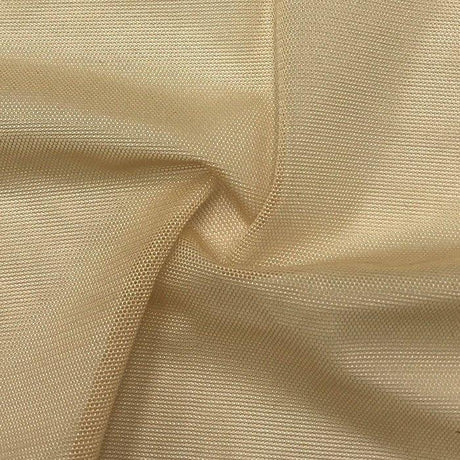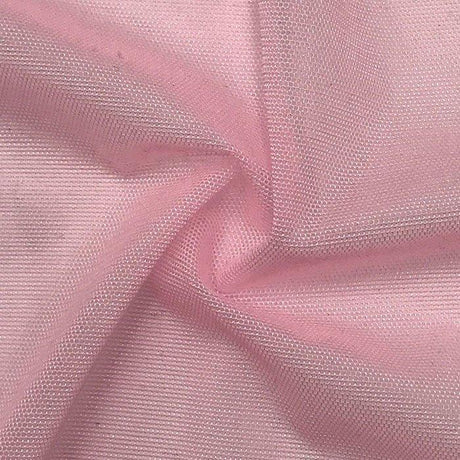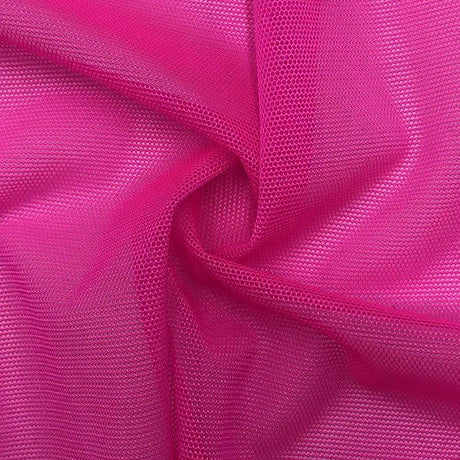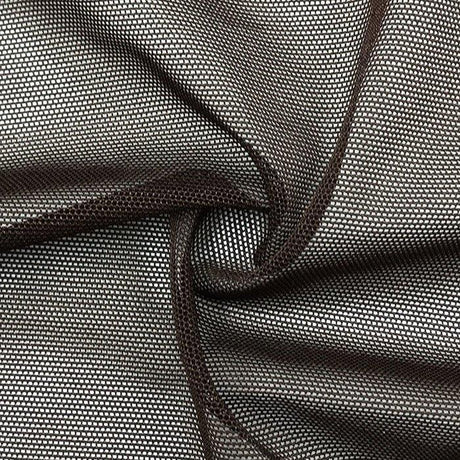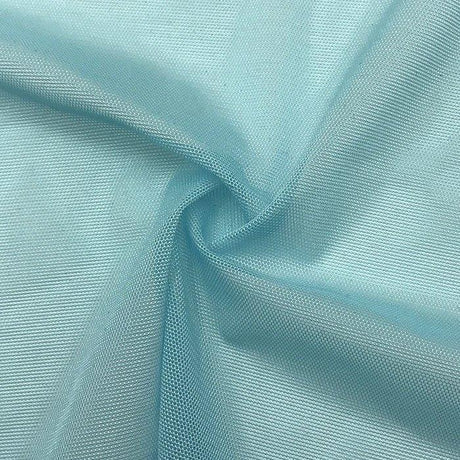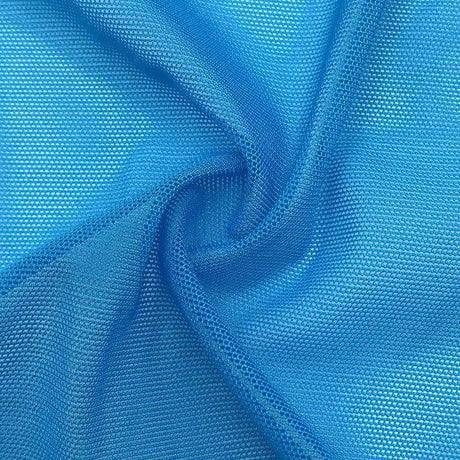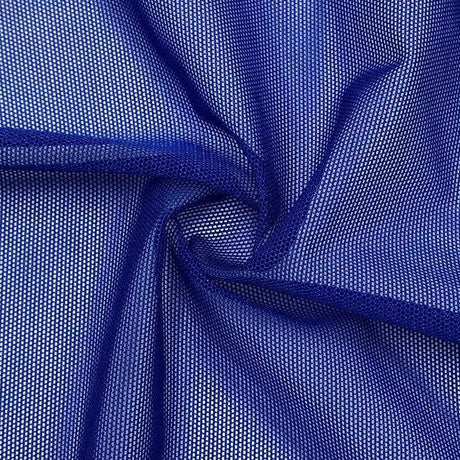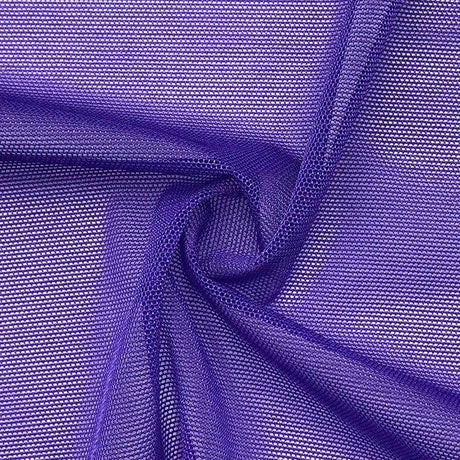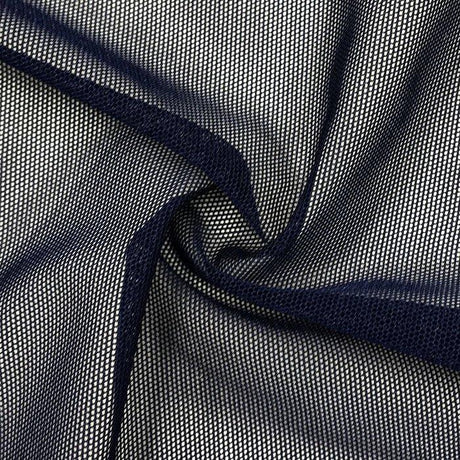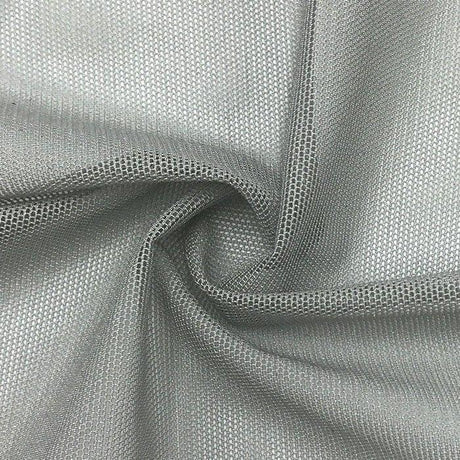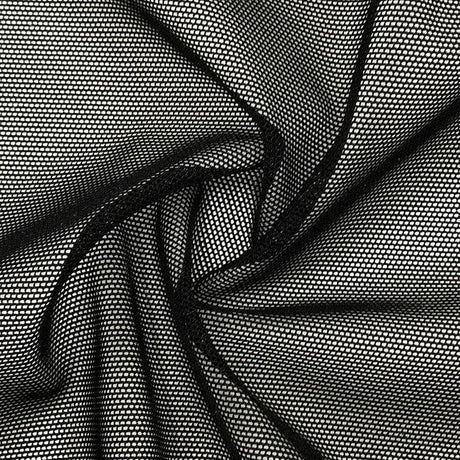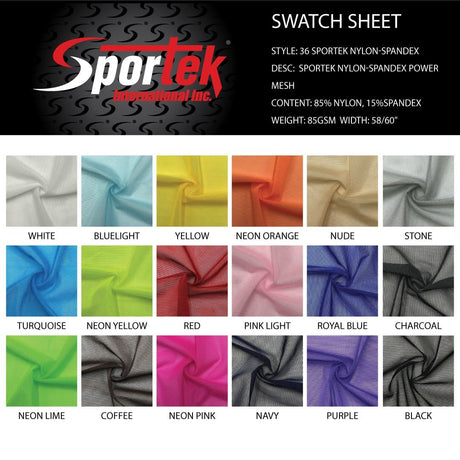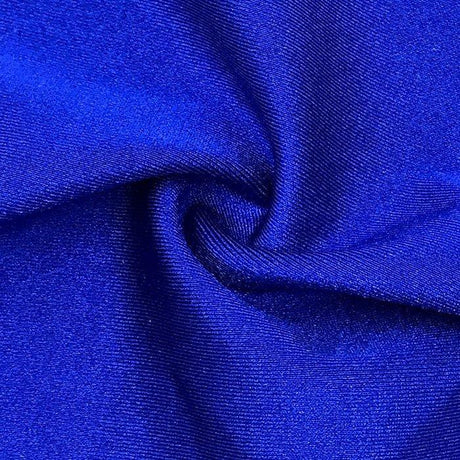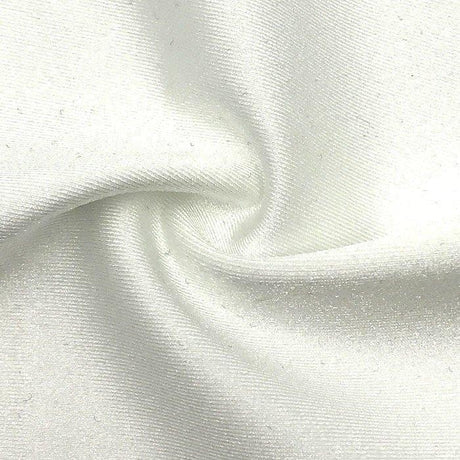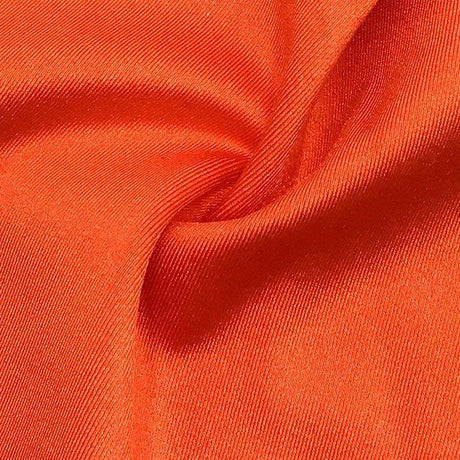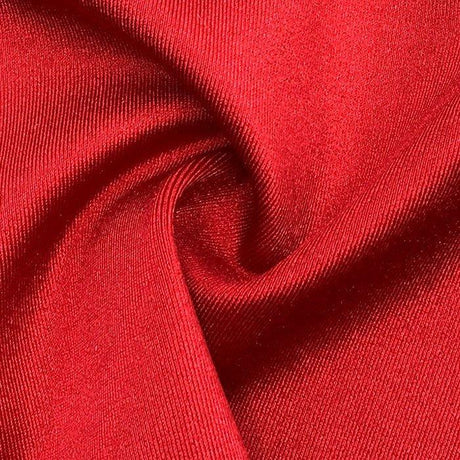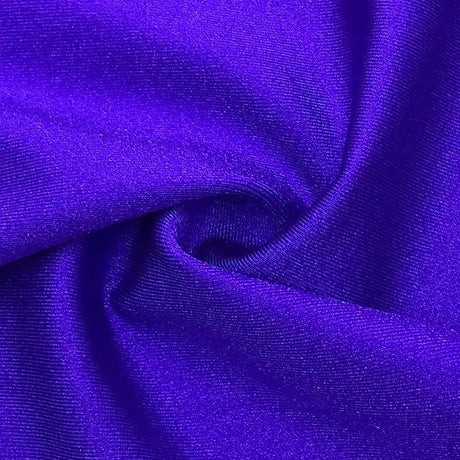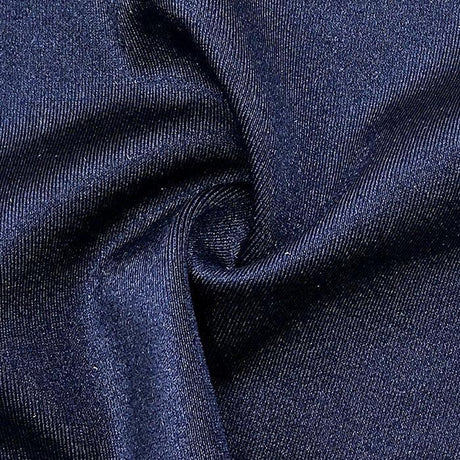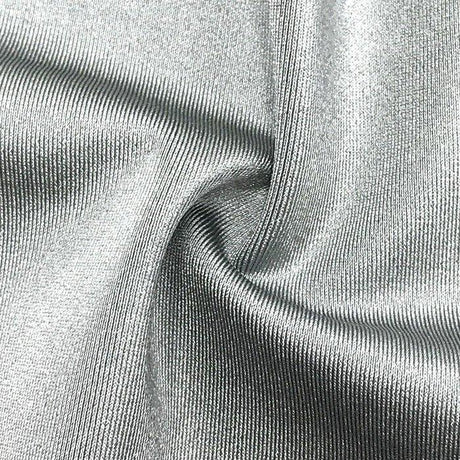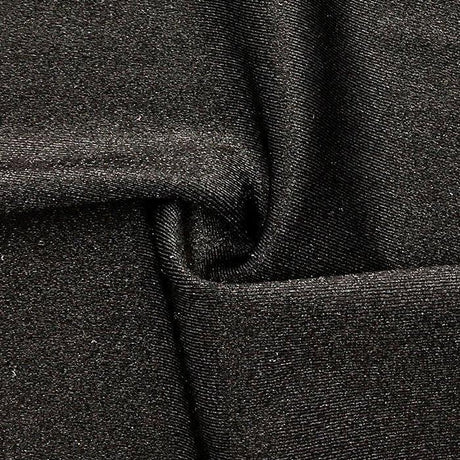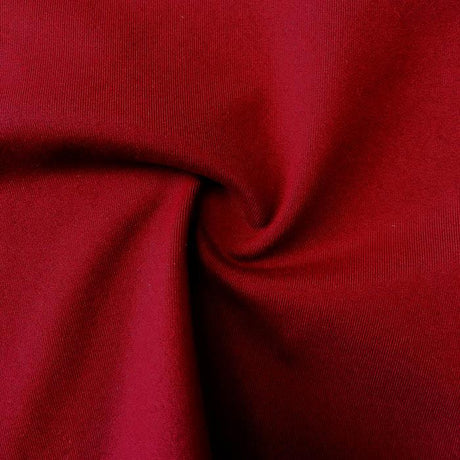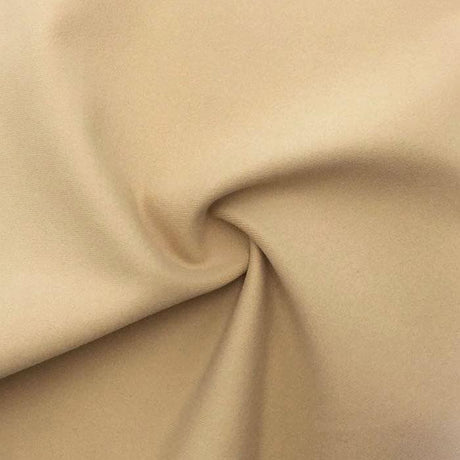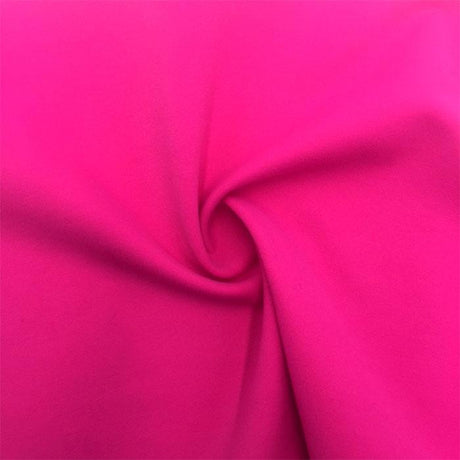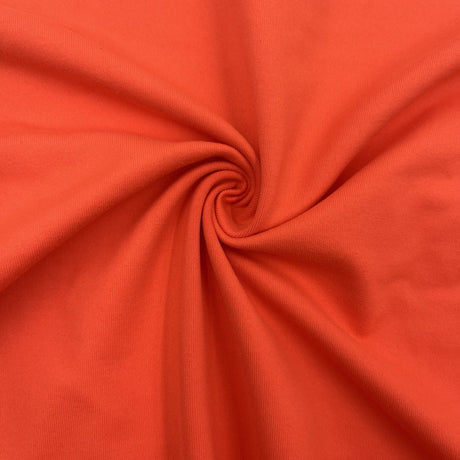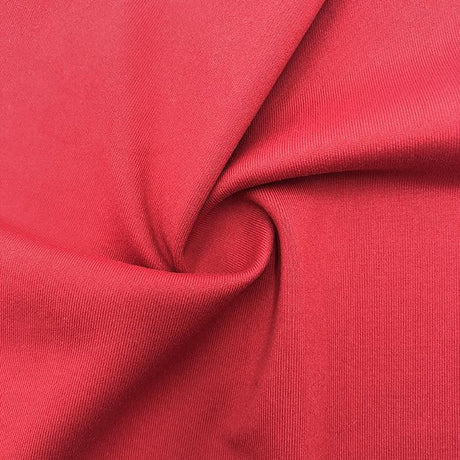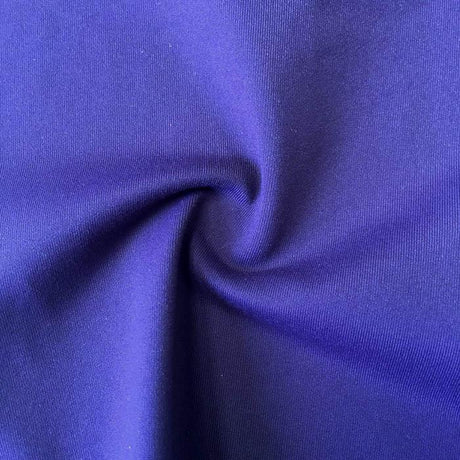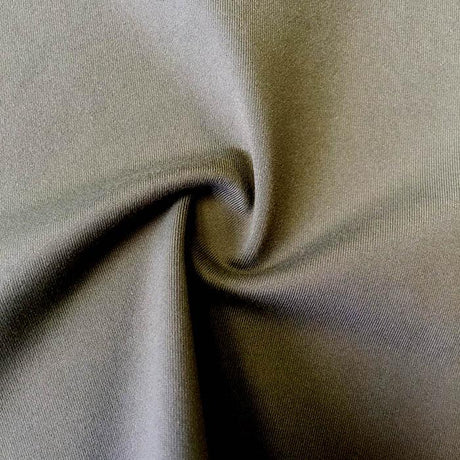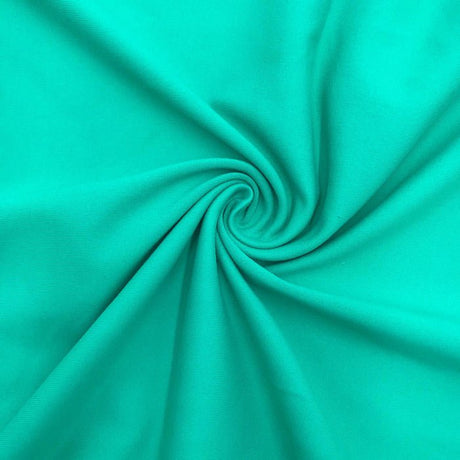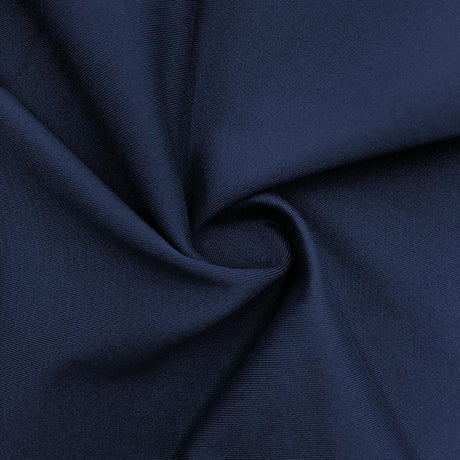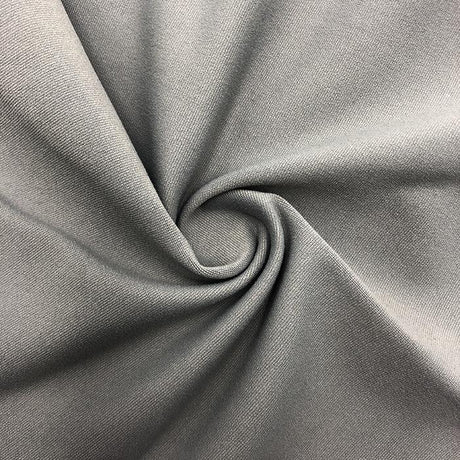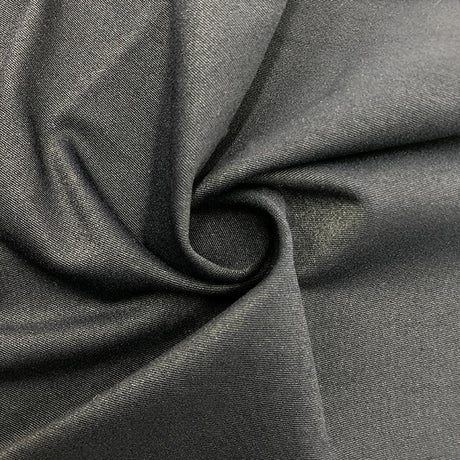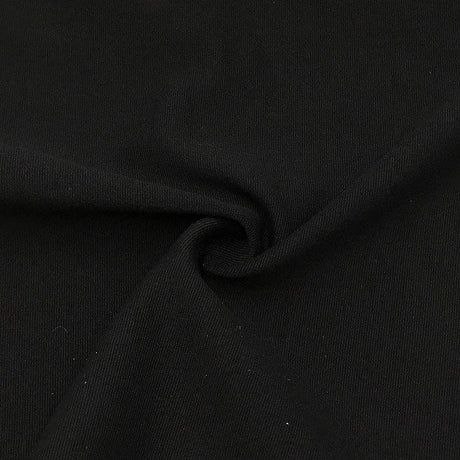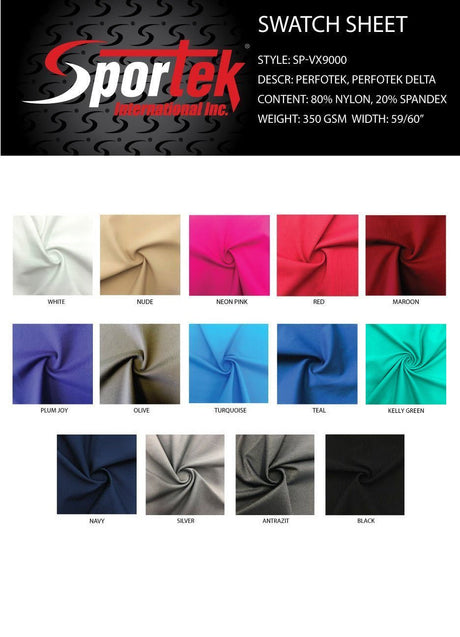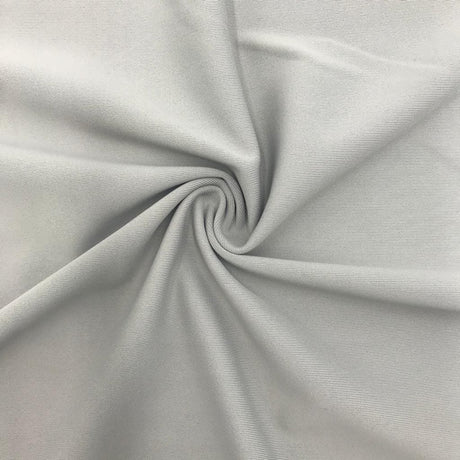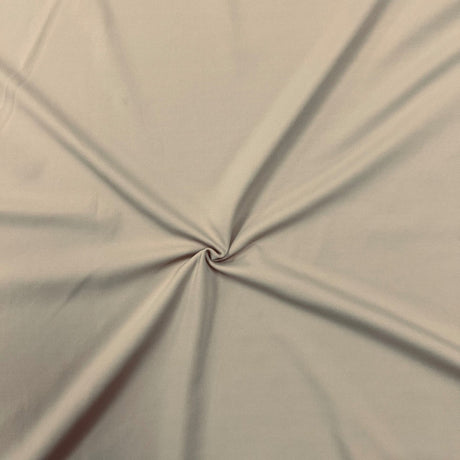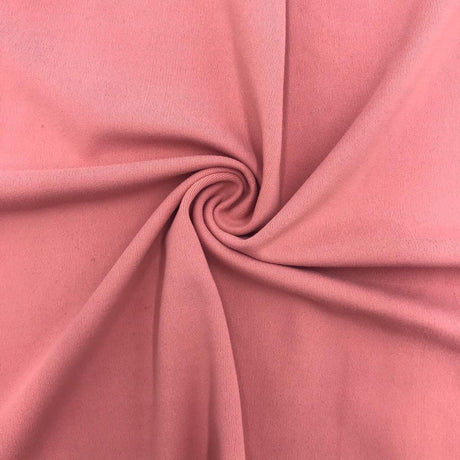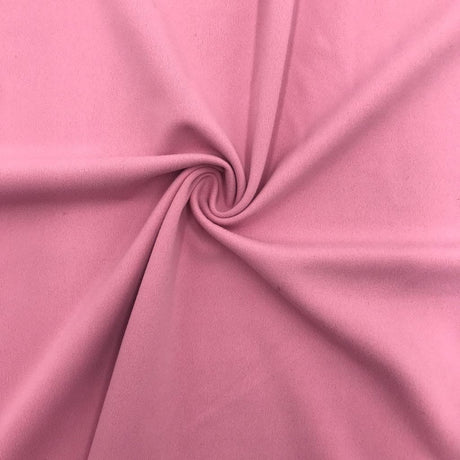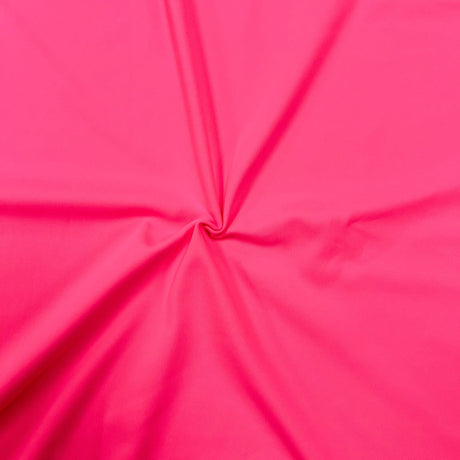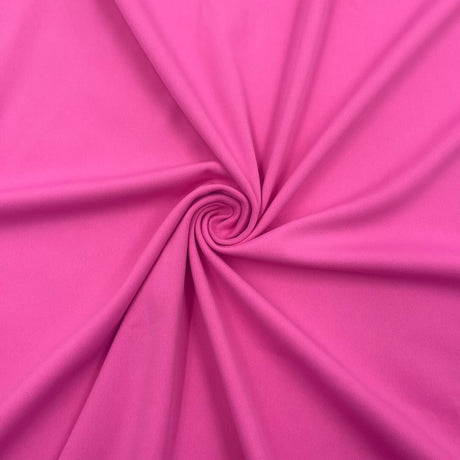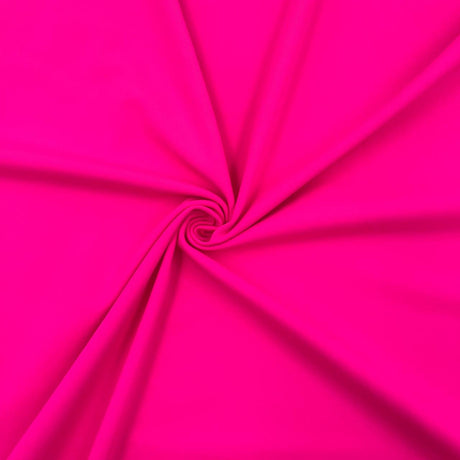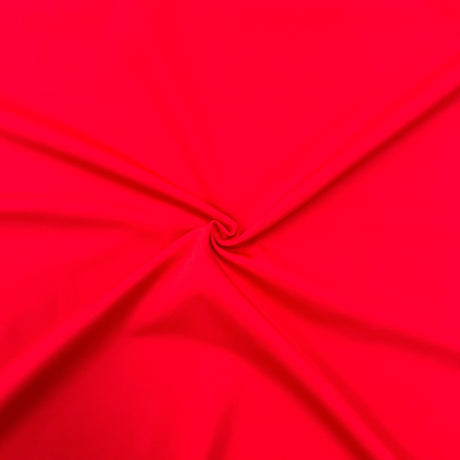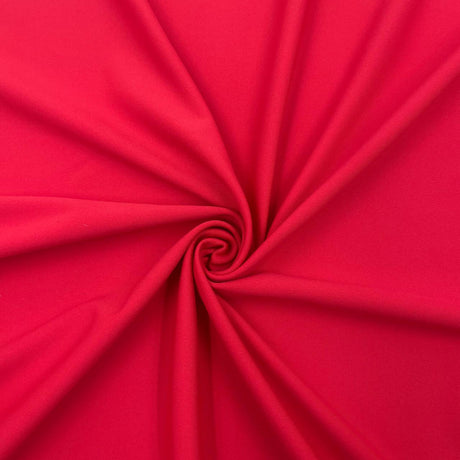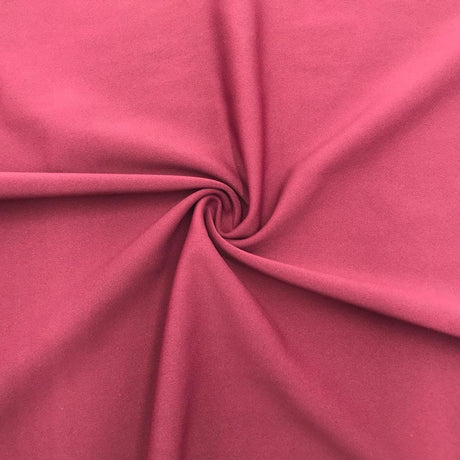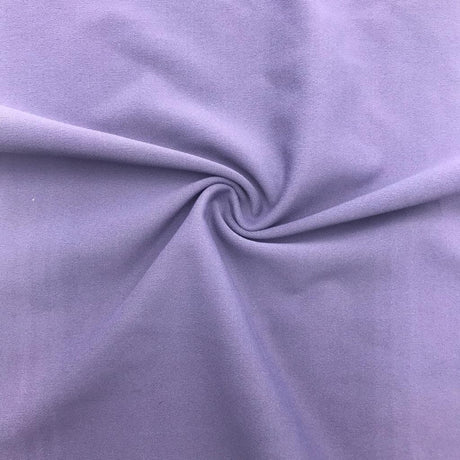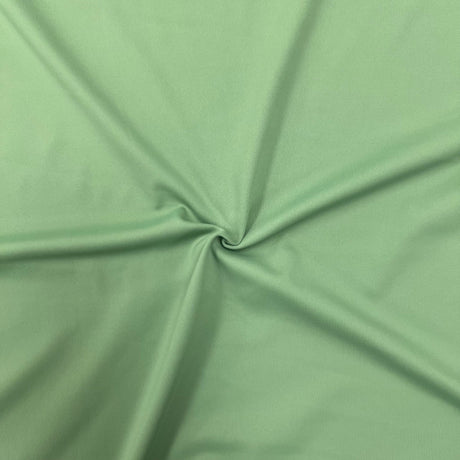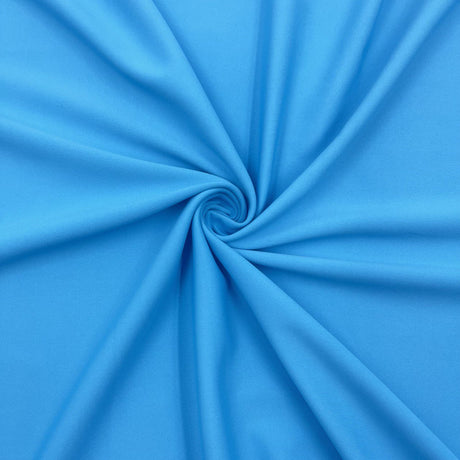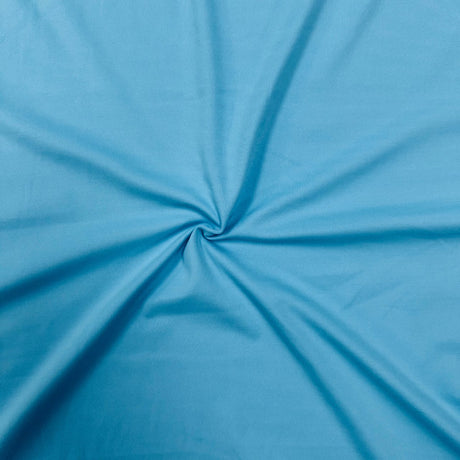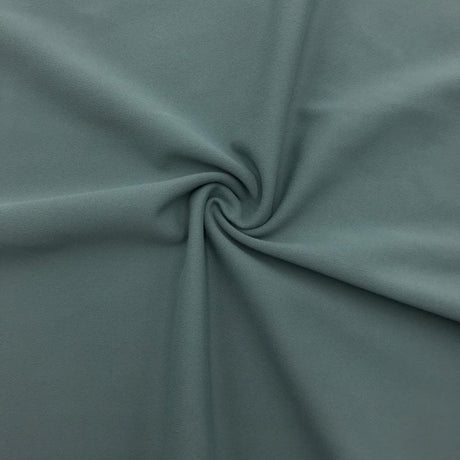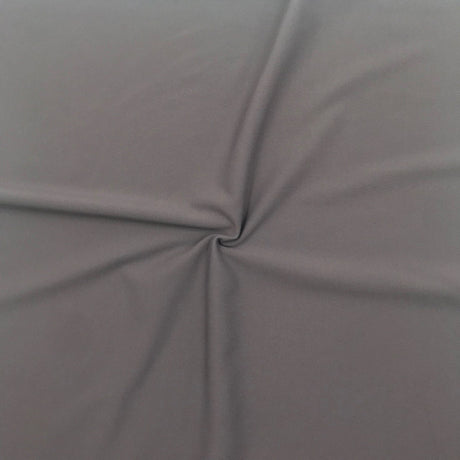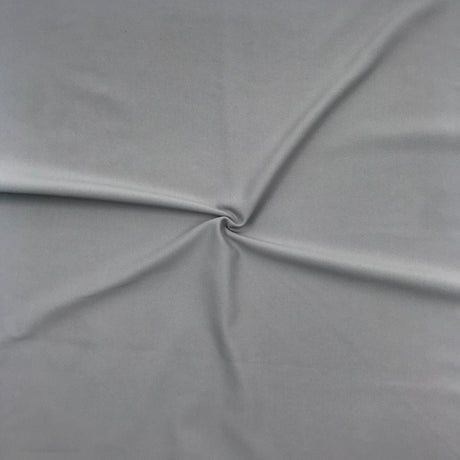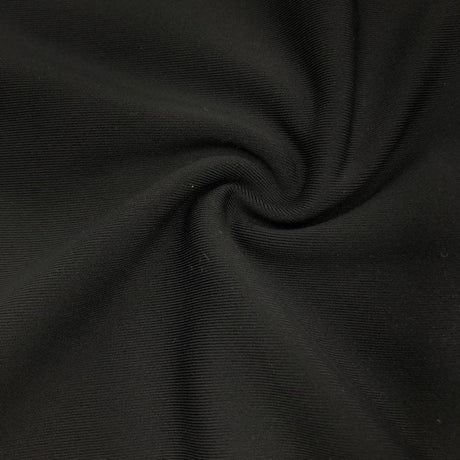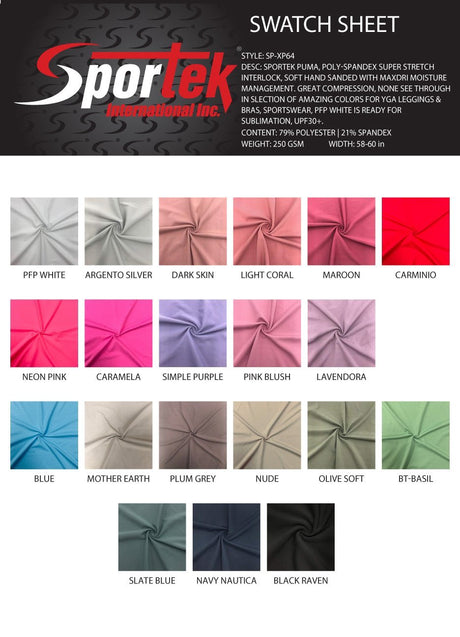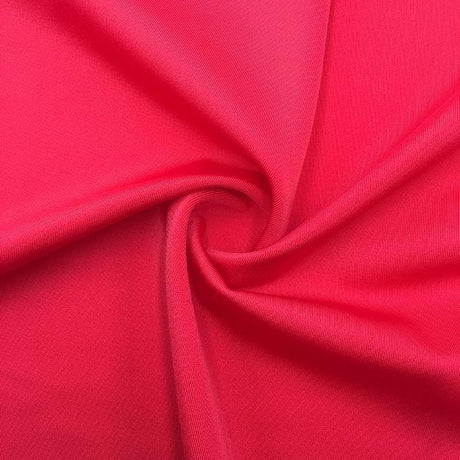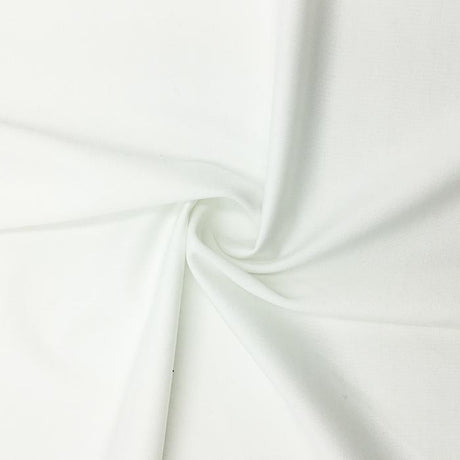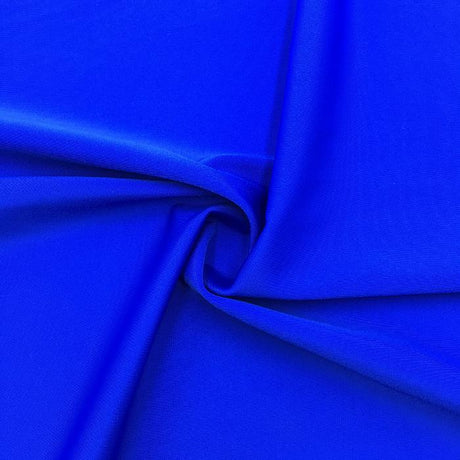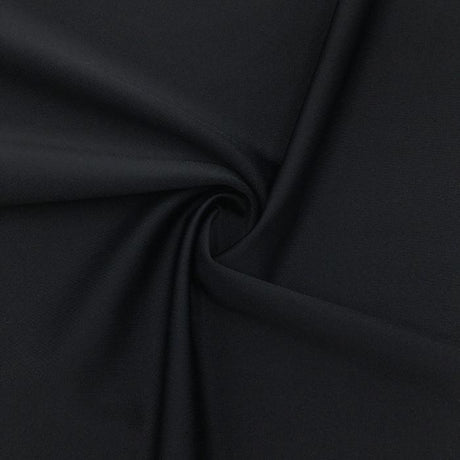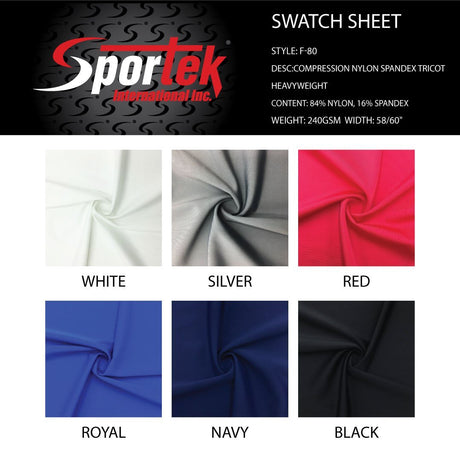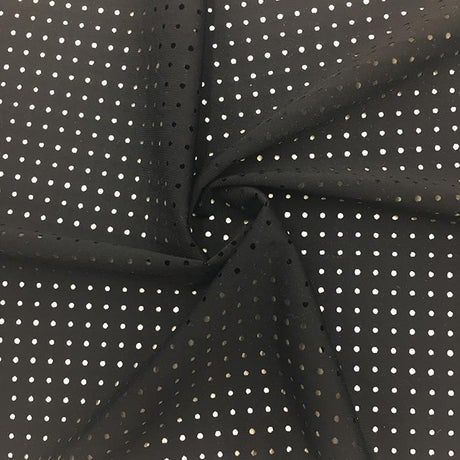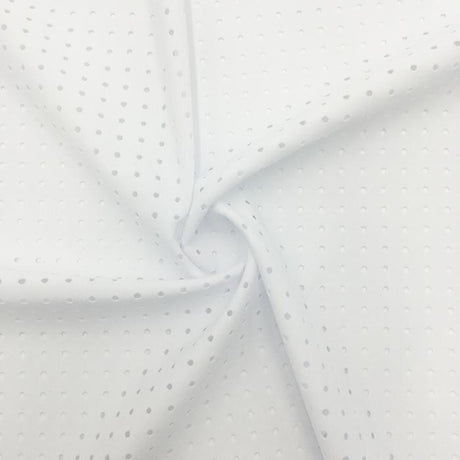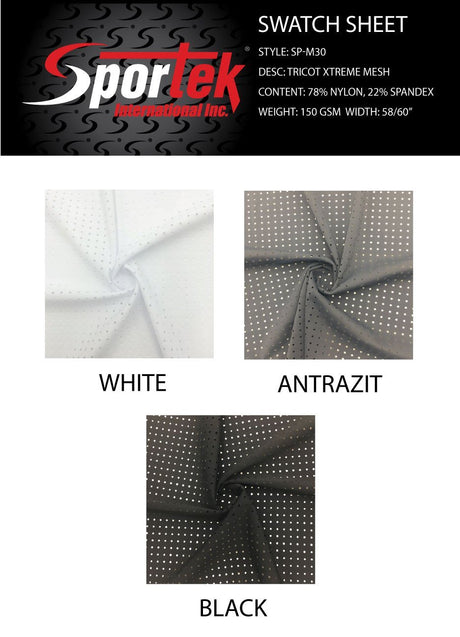From bold activewear leggings to vibrant swimwear, printed spandex fabrics have become a staple in fashion and performance wear. Achieving high-quality prints on spandex (also known as Lycra or elastane) requires a printing method that can stretch with the fabric without cracking. Dye-sublimation printing has emerged as the ideal solution, allowing designers to create permanent, full-color designs on spandex that maintain the material’s famous stretch and comfort. In this article, we’ll explain what sublimation printing is, why it’s perfectly suited for spandex, and how the process works. We’ll also compare sublimation with other printing methods (like screen printing and DTG) for spandex, highlight the benefits of sublimation-printed spandex, explore popular use cases, and share practical tips for DIY makers and small brands interested in creating custom printed spandex by the yard.
What is Sublimation Printing?
Sublimation printing is a high-resolution digital printing technique that uses heat to infuse dye into a substrate (such as fabric) at the molecular level. In this process, special sublimation inks are first printed onto a transfer paper. Under high temperature and pressure, these inks sublimate – meaning they turn into gas – and bond with the polymer fibers of the fabric. The result is a design that becomes part of the material itself. Unlike traditional methods that lay ink on top of a fabric, sublimation dye permeates the fibers. This produces vivid, photo-realistic images with sharp detail and vibrant colors, and the print is permanent – it won’t peel or crack over time. Because the ink chemically bonds to poly-based fibers, the finished print is also soft to the touch, with no noticeable ink layer on the surface. In short, sublimation creates high-quality prints that look great and feel like part of the fabric.
Why Sublimation is Ideal for Spandex Fabric
Spandex (elastane) is known for its exceptional stretch and recovery, which makes it popular for sportswear, dancewear, swimwear, and cosplay costumes. However, that same stretchiness can cause issues for many printing methods – inks may crack, peel, or distort when the fabric stretches. Sublimation printing solves this problem by infusing the colors into the material rather than layering on top. The dyes move with the fibers, so a sublimated design can stretch extensively with the spandex and spring back without damage. This flexibility makes sublimation an excellent choice for spandex-blend fabrics, because the print remains intact through stretches, bends, and repeated wear.
Another reason sublimation is ideal for spandex is that spandex is usually combined with synthetic fibers (often polyester). In fact, 100% spandex fabric is not commonly used for printing – it’s typically blended with around 85–90% polyester and 10–15% spandex for most applications. These polyester-spandex blends are perfect for sublimation: the polyester content bonds with the sublimation dyes to create vibrant, long-lasting prints, while the spandex content provides the stretch and flexibility that the garment needs. Essentially, sublimation leverages the polyester in the blend to carry the image, and the spandex ensures the fabric can stretch without harming that image. As a bonus, sublimation works best on white or light-colored synthetic fabrics, and spandex blends are often produced in a white “PFP” (Prepared For Print) form specifically for printing. This means you can start with a pure white spandex fabric and sublimate any design or color you want onto it.
Importantly, sublimation is limited to synthetic materials – it won’t work on natural fibers like cotton – which further explains why it’s the go-to method for materials like polyester, spandex, nylon, and neoprene. Spandex outfits (think compression leggings or rash guards) are generally made from those synthetics, making dye-sublimation one of the few printing methods perfectly suited to them. By contrast, methods like direct-to-garment (DTG) printing excel on cotton but are not compatible with high-spandex synthetics. In short, sublimation aligns with what spandex fabric needs: vivid prints on a stretchy, synthetic base that remain beautiful and intact no matter how you move.
The Technical Process of Sublimation Printing on Spandex
A digital dye-sublimation printer producing a vibrant full-color design on transfer paper, which will later be heat-pressed onto white polyester spandex fabric.
Sublimating on spandex fabric involves a few key steps and specialized equipment. Here’s a breakdown of the technical process and tips for success:
- Design and Printing: First, create or choose your design using graphic design software. Remember that sublimation printing can reproduce intricate, full-color images (even photographs) with ease. Once ready, the design is printed in mirror image onto a sheet of sublimation transfer paper using a dedicated dye-sublimation printer with sublimation inks. These inks are unique dye-based formulations that will sublimate (gasify) under high heat. It’s important to use the correct ink and paper – regular inkjet inks won’t work for sublimation. Many small-scale creators use desktop sublimation printers (like a Sawgrass or converted Epson model) for smaller pieces, while commercial fabric printers use wide-format machines to print large patterns onto paper rolls.
- Fabric Preparation: Proper fabric prep can make a big difference in print quality. Ensure you’re working with a sublimation-ready spandex material. This typically means a polyester/spandex blend (often 80%+ polyester) that is white or very light in color. Fabric labeled “PFP” – Prepared For Print – is ideal, as it’s engineered for sublimation with a smooth, bright white surface that yields stunning, durable prints. Before printing, cut your fabric to size (leaving some extra margin, since a small amount of shrinkage can occur under heat). It’s wise to pre-press the blank fabric for a few seconds in your heat press – without any design – to remove moisture and wrinkles. Moisture can interfere with sublimation, and pre-pressing also ensures the fabric is flat and ready to accept the transfer.
- Heat Transfer Process: Now comes the crucial step. Lay the printed transfer paper on the spandex fabric, with the printed side facing the fabric. Make sure it’s aligned as desired and use heat-resistant tape at the edges if necessary to hold it in place (this prevents any shifting which could cause a “ghost” shadow print). The sandwich (paper on fabric) is then loaded into a heat press. For spandex blends, a common recommendation is to press at around 350–400 °F (177–204 °C) for about 30–45 seconds with medium pressure. The high heat and pressure, applied for the right amount of time, will cause the ink on the paper to sublimate into gas and infuse into the spandex fabric. (Spandex is somewhat heat-sensitive, so when working at the upper end of this temperature range – ~400 °F – keep the dwell time on the shorter side. Many crafters find success around 360–380 °F for ~40 seconds to avoid any scorching or excessive shrinkage.) It’s a good practice to use protective sheets (e.g., a Teflon sheet or parchment paper) above and below your project in the press, so that any stray ink doesn’t transfer onto your heat press platen.
- Post-Press and Finishing: After time is up, lift the heat press and carefully peel away the transfer paper while it’s hot (use heat-resistant gloves if needed). You’ll reveal the ink now vapor-bonded into the fibers of the spandex. The printed spandex fabric can be allowed to cool for a minute. There’s no further curing needed – the process is complete once it comes out of the press. You should see that the design is vibrant and fully transferred, with no residual ink left on the paper (it all went into the fabric). The resulting print is permanent and embedded in the material – you can stretch the fabric, and the colors will stretch with it without cracking. At this stage, the printed spandex is ready for use. It can be cut and sewn into garments or products as needed. Because the ink actually dyed the fibers, the fabric retains its original softness and stretch, as if it were always that color/pattern.
A quick note on equipment: For home or small studio use, a clamshell or swing-away heat press (at least large enough to cover your design area) is essential, as irons won’t reach the needed temperature or pressure consistently. If you plan to print entire yards of fabric, large format presses or calendar (roll) heat press machines are used in industry. However, many small brands simply print in sections (e.g. a few panels at a time) if limited by a smaller press, or outsource the printing to fabric printing services when doing larger runs.
Sublimation vs. Other Printing Methods on Spandex
When it comes to printing on spandex or stretchy fabrics, sublimation isn’t the only method available – but it does offer a unique combination of benefits that set it apart from traditional techniques. Below we compare sublimation with two other common printing methods (screen printing and direct-to-garment) in the context of spandex:
- Screen Printing on Spandex: Screen printing pushes layers of ink (typically plastisol or specialty stretch inks) through a stencil onto the fabric. While screen printing can produce vibrant results on many materials, it’s challenging on spandex. The thick ink layers can crack or peel when the fabric stretches unless you use special additives and meticulous technique. Achieving a durable screen print on very stretchy fabric requires expert handling (e.g. using lower mesh counts, stretch underbases, flash drying between colors, etc.), and even then, the design may limit the fabric’s stretch. By contrast, dye-sublimation is often recommended over screen printing for spandex. Because sublimation dye becomes part of the material, the print won’t crack or distort when the spandex is pulled. Another advantage is color and detail: screen printing is great for bold spot colors but not efficient for photorealistic images or lots of colors on fabric. Sublimation easily handles multi-color, high-resolution designs in a single print. The only notable downside is that sublimation requires predominantly polyester content, whereas screen printing inks can stick (at least initially) to a wider variety of fabrics. But for any polyester-spandex blend, sublimation produces a more flexible and long-lasting result with far less setup than screen printing multiple colors would.
- Direct-to-Garment (DTG) or Other Methods: DTG printing is a digital inkjet method that sprays water-based inks onto a garment and is fantastic for cotton or cotton-blend shirts. However, DTG does not work well on spandex because the typical DTG inks need natural fibers or special pretreatments to adhere. Spandex and polyesters are hydrophobic, so DTG prints on them tend to be weak or easily rub off. Moreover, DTG prints sit on the surface of the fabric, so even if you manage to print on a spandex blend, the design could crack or peel over time with stretching and washing. In terms of durability, sublimation outperforms DTG – sublimation ink bonds with the material and essentially cannot crack or peel off, whereas DTG ink is more like an appliqué on top of the fabric. Another point is coverage: Sublimation can do all-over prints (even printing an entire roll of fabric edge-to-edge with a pattern), which DTG cannot easily do (DTG is typically limited to a certain print area on finished garments). This makes sublimation ideal for printing, say, a full yard of spandex with a custom pattern, or creating a seamless design on a leggings panel – tasks that DTG or heat transfer vinyl would struggle with. Other methods like heat transfer vinyl (HTV) or direct-to-film (DTF) can be used on spandex to an extent, but they also place a polymer film or ink layer on the surface. Those prints might stretch a bit if the vinyl is a stretchy variety, but they still can suffer from peeling or restricting the fabric’s elasticity. In summary, for polyester/spandex fabrics, dye-sublimation is generally the preferred method because it yields a print as stretchy and permanent as the fabric itself, outlasting what screen prints or DTG prints can achieve.
Benefits of Sublimation-Printed Spandex
When you use sublimation printing on spandex material, you gain several key advantages that other print methods can’t easily match. Here are the top benefits of sublimation-printed spandex:
- Permanent, Vibrant Color: Sublimation produces exceptionally rich and vibrant colors. The dyes actually become part of the fiber, which means the color will not fade easily even after many washes. You can achieve photorealistic images and full-color gradients with ease. The resulting prints often look sharp, high-resolution, and brilliant, making your designs truly stand out. Because the ink is bonded at a molecular level, the fabric is permanently dyed**, and the hues remain intense over time (with proper care, sublimated colors are very resistant to fading).
- No Cracking, Peeling, or Fading: Unlike screen prints or iron-on transfers that might crack or peel off when the material stretches or ages, sublimation prints will not crack, peel, or flake. The design stretches with the spandex as if it were part of the weave. Even thin lines or detailed elements won’t lift off. Additionally, there’s no risk of the design peeling from washing – the print is literally embedded and won’t peel or fade with washing. This gives spandex garments printed via sublimation a long lifespan; they can endure the rigors of workouts, chlorine from pools, or daily wear and still look great.
- Soft Hand and Breathability: Sublimation leaves no ink layer or added texture on the fabric’s surface. The dyed areas feel just as soft as the unprinted areas. This is a huge benefit for athletic apparel and swimwear – the fabric retains its full breathability and smoothness. There’s no heavy print “sticker” on the chest of a shirt or across the thigh of leggings; everything remains soft to the touch and comfortable to wear. For the end user, a sublimation-printed yoga pant feels just as stretchy and soft as a non-printed one, so there’s no compromise in comfort.
- Excellent Stretch & Recovery: Because the print doesn’t inhibit the fabric’s movement, sublimated spandex retains its full stretch and recovery properties. You can elongate the material to its limits and the print will elongate with it without breaking. When the fabric snaps back, the print also returns to position with no cracking. This is critical for things like compression garments or swimwear that undergo a lot of stretching. Sublimation prints stay intact with stretching – the design won’t distort or lose quality even when the fabric is pulled taut. Additionally, since the dye penetrates the fiber, even if you stretch the fabric and the fibers separate slightly, you don’t get that “cracking” visual effect (at most, extremely overstretched white fabric might show a bit between fibers, but normal use won’t reveal any gaps).
- Durability and Washability: Sublimation-printed spandex is highly durable. The colors and detail remain vibrant over countless wash cycles. There’s no special gentle treatment needed – you can wash the garment normally (inside-out is often recommended, as with any print) and the design will hold up. The prints are also typically UV resistant and chlorine resistant to a good degree, since the dyes used for polyester sublimation are formulated for sportswear. Many athletic uniforms and swimsuits are sublimation printed for this reason. Overall, a sublimated print will often outlast the fabric itself in terms of longevity.
In summary, sublimation gives you printed spandex fabric that looks amazing and performs just like unprinted fabric. You get the creative freedom of printing any imagery, without sacrificing the qualities that make spandex so useful (stretch, comfort, resilience). This combination of aesthetics and performance is why sublimation is the preferred method for high-end sports apparel and custom stretch fabric prints.
Popular Applications of Sublimation-Printed Spandex
The marriage of sublimation printing with spandex material has opened up possibilities across various industries. Here are some of the most popular applications and use cases for sublimation-printed spandex:
- Activewear & Sports Apparel: Perhaps the biggest arena for sublimated spandex is in activewear. Think of all the colorful leggings, yoga pants, compression tops, and athletic jerseys – many of these are made with polyester/spandex blends and use sublimation printing for their bold designs. Sports teams use sublimation to create multi-color team uniforms on stretch fabric, including esports jerseys, cycling jerseys, wrestling singlets, and more, because the prints are lightweight and won’t impede performance. The stretch and moisture-wicking properties remain intact. In fact, sublimation printing is so suited to this space that it’s common to see all-over graphic designs on workout gear and athleisure wear. Whether it’s a pair of leggings with a galaxy print or a compression shirt with a superhero-like design, sublimation makes it possible. The vibrant team logos and patterns on sports uniforms are a direct result of dye-sub technology, which can cover the entire garment with edge-to-edge color. As one industry source notes, polyester-spandex fabrics printed via sublimation are perfect for sports uniforms, leggings and athletic gear because the polyester yields vibrant prints and the spandex provides the needed flexibility.
- Swimwear & Surf Wear: Swimwear is another field where printed spandex shines. Bikinis, one-piece swimsuits, rash guards, and board shorts often feature complex prints – tropical florals, geometric patterns, etc. – that are achieved through sublimation. Swimwear fabrics are usually a blend of poly/spandex or nylon/spandex; while nylon doesn’t sublimate as readily, many modern swim fabrics use poly blends or have a special coating to accept sublimation ink. The benefit here is that the print doesn’t add any weight or texture – essential for swimwear – and it withstands exposure to water, sun, and sand. Sublimation dyes are water-safe once transferred, meaning the colors won’t bleed in the pool. A sublimated swimsuit can have any graphic imaginable, without affecting the suit’s stretch or fit. From competitive swim team suits with bright logos to fashionable beachwear with photo prints, sublimation allows endless creativity on swimwear. Additionally, for surf and dive wear (like rash guards or wetsuit liners), sublimation provides UV-stable designs that won’t peel in the ocean.
- Cosplay and Costuming: The cosplay community has embraced sublimation printing on spandex to create incredibly detailed costumes. Many superhero or anime character costumes require a form-fitting bodysuit covered in specific patterns (think Spider-Man’s webbing or Iron Man’s tech lines on an undersuit). By designing these patterns digitally and printing onto spandex via sublimation, cosplayers can get movie-accurate looks with relative ease. The resulting fabric can be sewn into a bodysuit that fits like a glove and stretches as needed, all while displaying a complex design that would be nearly impossible to achieve with conventional sewing or screen printing. Companies even offer pre-printed cosplay pattern fabrics that customers can buy and sew (for example, printed spandex fabric for a particular superhero suit). The stretchy, vibrant, no-crack nature of sublimated spandex is perfect for costumes that need to both look authentic and allow the wearer to move freely.
- Fashion and Dancewear: Designers in the high-fashion and dance industries also utilize sublimation on spandex for eye-catching results. In dancewear (such as figure skating costumes, gymnastics leotards, or ballet unitards), unique prints can set a performance apart. Sublimation enables gradients, sparkly-looking prints, or photorealistic images on these outfits without compromising the stretch needed for athletic movements. In fashion, sublimated spandex is used for things like printed leggings, bodycon dresses, or stretch mesh tops with artistic prints. Because the technology allows one-off or small batch production without huge setup costs, independent fashion designers can create limited runs of custom-patterned spandex garments (for example, a designer might print a few yards of spandex with their own artwork and then make a collection from it). The ability to print fabric by the yard means the textiles themselves become a canvas for fashion innovation – everything from galaxy-print catsuits to floral print stretchy maxi dresses can be realized by printing the fabric first and then sewing the garment.
- Custom Textile Panels & DIY Projects: Beyond apparel, anyone wanting a custom stretchy textile can use sublimation on spandex. This could be for things like custom pillow covers made from stretch fabric, cosplay prop components that require a printed stretchy cover, or even upholstered items where a bit of stretch helps (like a custom printed spandex fabric to cover a chair or booth seat for a temporary event, etc.). Some entrepreneurs print spandex to make accessories like headbands, scrunchies, or swim caps with unique prints. Printed spandex by the yard is also popular among crafters and small businesses who want to stand out by making products with their own fabric designs. Services exist that will print your design onto yards of polyester spandex fabric (for instance, companies like Spoonflower or Fabric on Demand offer performance knit or Lycra printing), enabling even a small Etsy shop to have signature fabric prints. The fact that sublimation has no minimum order (you can print even a single yard or less if you have the equipment) means creators have a lot of freedom to experiment and make custom stretch fabrics for any project.
Tips for DIY Makers and Small Brands Using Printed Spandex
For those interested in creating or sourcing sublimation-printed spandex, here are some practical tips to ensure success:
- Use the Right Fabric: As emphasized earlier, start with a white (or light) polyester-spandex blend that is specifically made for sublimation. Look for descriptions like “PFP spandex” (Prepared For Print) or fabrics labeled “sublimation ready.” These fabrics often come pre-scoured and white, ready to take dye. Using the correct base will give you much more vibrant and long-lasting results. If you try to sublimate on a fabric that’s, say, 50% cotton, the results will be faded and wash out, so fabric choice is critical. Many fabric retailers (like SpandexByYard) offer sublimation-ready spandex fabrics by the yard, as well as printed spandex, so you can either print your own designs or buy fabric that already has a sublimated print on it.
- Invest in Proper Equipment (or Find a Printing Partner): For DIY enthusiasts, a small-format sublimation printer and a heat press are the key tools. Printers like the Sawgrass SG series or converted Epson EcoTanks can handle letter to tabloid size paper, which is fine for smaller pattern pieces or isolated prints on pre-cut fabric. If you aim to print full garment yardage or larger pieces, you might need a wide-format printer (24″, 36″, or wider) and a large heat press. These can be expensive, so another route is to partner with a local print shop or use online services for the printing, then you do the sewing. If you’re a small brand, consider printing strike-offs (test swatches) first to check color and scale. One advantage of sublimation is you can tweak colors in the digital file and reprint until it’s perfect, without incurring huge costs.
- Color Considerations: Colors can sometimes print differently on fabric than they appear on a monitor. It’s useful to use color profiles or color charts provided by your printer manufacturer to anticipate the results. Remember that sublimation cannot print white color (since there is no white sublimation ink – white areas are simply the fabric showing through). Therefore, you need to design with a white/light background or incorporate the fabric’s base color as “white” in the design. If you need a lighter color on a darker background, that’s not feasible with sublimation alone – you’d have to start with light fabric. For vibrant hues, many recommend slightly boosting saturation in your artwork, as some colors can subdue a bit after heat pressing. Every printer/ink/paper combo is a little different, so testing is your friend.
- Heat Press Technique: Always ensure your heat press reaches the correct temperature edge to edge – cold spots can cause uneven transfers. Use a medium pressure; too high pressure can imprint the paper’s texture into the fabric or cause sheen changes on some spandex. As mentioned, use protective paper layers to avoid any ink blow-out messing up your press. After pressing, some people quickly stretch the fabric while it’s still warm – this can help reduce any rigid feel and also lets you see how the print looks at full stretch (this is optional and be gentle – the print is pretty much set immediately, but spandex fiber can be more malleable when warm). Let the fabric cool flat to avoid any ghosting.
- Cutting and Sewing Printed Spandex: Once your fabric is printed, treat it like any other quality spandex material. It’s a good idea to allow the fabric to rest overnight after printing, as the heat can sometimes reduce moisture and it may regain a bit of it from the air (also ensuring the dye fully cools and sets). Then you can cut your pattern pieces. Be mindful of orientation if your design has a direction. Sublimation prints are colorfast, but to avoid any chance of ink transfer (in rare cases, heavy dark colors might shed a bit of excess dye on first wash), you can wash the fabric once before sewing. Use sharp blades or rotary cutters, as dull tools can snag stretch fabric. And use appropriate stretch stitches or serging when sewing – the print doesn’t affect sewing, except that you’ll want to match your thread color to the printed design if seams will show.
- Sourcing and Inspiration: If you’re not ready to print your own fabric, you can still take advantage of sublimation. Many suppliers offer pre-printed spandex by the yard in a variety of designs – these are essentially sublimated fabrics with popular patterns (florals, camo, galaxy, etc.) that you can buy and use. This is great for small brands that want a unique look without investing in printing equipment. Also, there are marketplaces where designers sell their print designs (which you can have printed on fabric via a service). Keep an eye on fabric companies that specialize in activewear or swim fabrics; they often release new print collections each season, effectively using sublimation to create on-trend textiles. And if you have your own design in mind, don’t hesitate to get it printed – the technology has made custom printed spandex fabric accessible even for one-off projects.
- Care for Sublimated Spandex: Although sublimation prints are very durable, it’s wise to follow general care guidelines to maximize life. Wash in cold or warm water (not hot) to protect both the fabric and the print colors. Avoid bleach or strong chemicals. Tumble dry on low or hang dry if possible (high heat can, over many cycles, reduce the fabric’s elasticity). Do not iron directly on the spandex – it shouldn’t be needed, but if you must, use a very low setting with a press cloth. The good news is sublimated prints don’t require any special harsh washing to set (they’re already set), so just normal gentle care will keep them looking new. The colors you sublimated into your spandex will remain vivid and won’t bleed or fade easily, so your custom creation will stay eye-catching for a long time.
Conclusion
Sublimation printing on spandex truly enables “perfect stretch prints” – it allows for unlimited creative expression on a fabric that can bend and flex every which way. By using heat to bond vibrant dyes into polyester/spandex fibers, sublimation ensures that your designs become one with the material, yielding printed spandex that retains all the qualities we love: stretchiness, softness, and strength. We’ve seen that whether you’re producing athletic wear that needs to endure strenuous activity or fashion pieces that demand both comfort and flair, sublimation delivers on all fronts. It outperforms traditional printing methods for these applications, providing durable, colorful, and high-resolution results that won’t crack under pressure (literally!). From the standpoint of a DIY maker or a small brand, the barrier to entry for sublimation has lowered – with the right equipment or partnerships, you can create custom printed spandex by the yard and bring unique textile designs to life. And with many suppliers now offering sublimation-ready fabrics (and even ready-made prints), it’s easier than ever to get started.
In the world of printed spandex, dye-sublimation is king. Its ability to produce soft, resilient, and strikingly beautiful prints on stretch fabrics is unmatched. So whether you’re dreaming up the next line of patterned leggings, making a statement swimsuit, or crafting a one-of-a-kind cosplay suit, sublimation printing will ensure your spandex fabric is as extraordinary as your imagination. With the information and tips provided above, you’re well on your way to achieving perfect stretch prints that wow – both in appearance and performance – for whatever project you have in mind.


